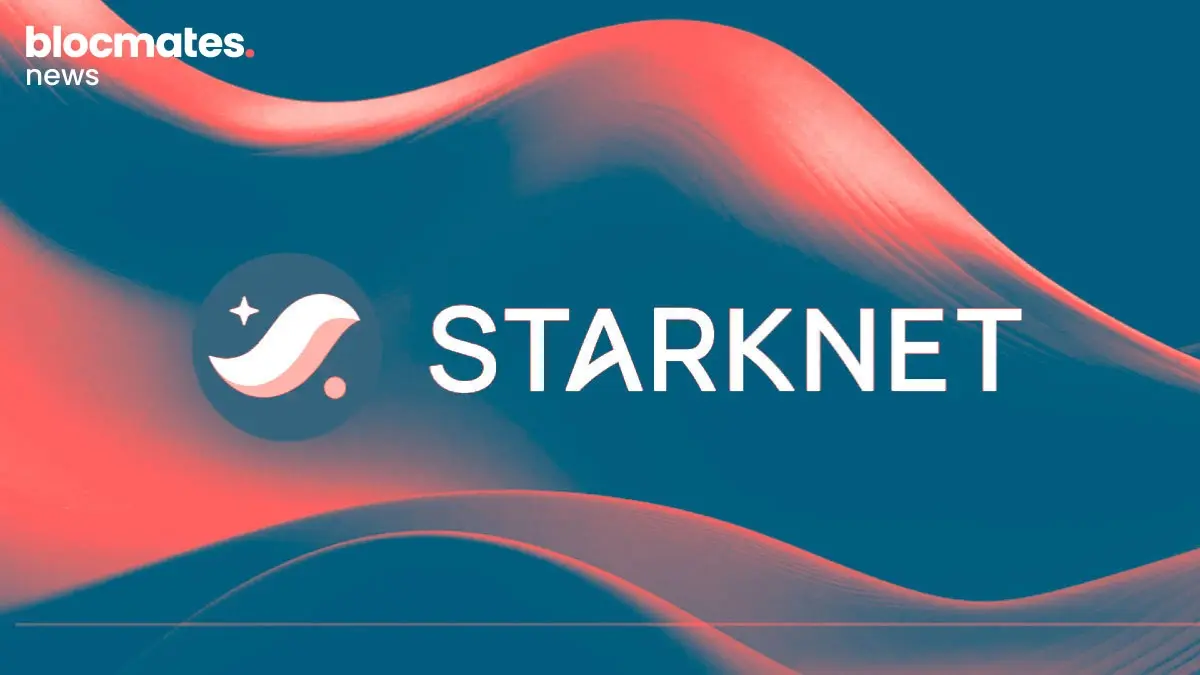Thereʼs one critical thing missing in Web3. And it's not what you think.
We don’t really have a single chain truly focused on onboarding retail.
Thankfully, though, we might have a solution — Soneium.
What is Soneium?
Soneium is an emerging L2 network on Ethereum. It is built using the OP stack and backed by a $100 billion global conglomerate. We use their products almost every day. If youʼre a gamer, you know what I'm talking about. That conglomerate is the Sony Group.
Soneium is perhaps an experimental foray into blockchain by this giant…*checks notes*
… And if it proves to be successful, it could become a pivotal entry point for all our grandmas, aunts, uncles, and most importantly, exes-who-broke-up-with-us-because-weʼre-always-after-that-next-moonshot-coin.
When they all come running to this industry, we will most certainly see our bags grow in value. Then we can say RIP to all those exes.
This piece serves to tell you, like a broken record, that the potential for Soneium is huge. And no matter what you think about this new chain, I want you to know it's an understatement. This piece explores:
- Why Soneium was built
- What’s its significance in an already competitive L2 world
- How it can differentiate itself
- What Sony’s purpose (speculative analysis) behind Soneium is
- What is Astar
- Why $ASTR matters (NFA)
- And more
Trust me, you’re just not ready for Soneium yet. Read on as I prepare you for it.
Why has Sony launched Soneium?
The current L2 landscape is already replete with highly capable chains. Arbitrum, Base, and Optimism combined command a whopping 74% of the market share among L2s.
Out of the remaining 26%, 18% is shared by the remaining seven L2 chains. This leaves very little room for any new emerging chain to amass a huge market share.

A majority of these chains have become grounds for specific types of protocols. For instance, Arbitrum, as we know, is highly dominated by perps — thanks to the lower costs of transactions.
- Arbitrum is mostly dominated by DEXs and perps. GMX has averaged about $6 billion in monthly trading volume YTD
- On Base, the majority of TVL is being driven by Aerodrome and it has been processing $3 billion in trading volume on a monthly basis. A majority of the Base mania has been driven by the sky-high APRs being offered by the top pools on Aerodrome. Even the CL100-WETH/USDC pool offers 984.3% APR and processes half a billion in daily volume
- While Ethereum still dominates in TVL terms (primarily because 40% of the TVL comes from liquid staking where the native ETH gets staked on the Ethereum chain itself), Arbitrum and Base are the only chains that come closer to competing with other L1s like Tron, BSC, and Solana in terms of TVL

The number of daily transactions and users on Arbitrum and Base stand toe-to-toe with non-Ethereum L1s such as BSC, Solana, and even Tron. This underscores the significance of these L2 networks.
But then the question arises — Where does Soneium fit into the existing L2 landscape if the market to capture is already very limited?
Why the need for an L2? 🤔
Okay, let's go back to the drawing board. Soneium has itself very clearly outlined its focus for a chain that evokes emotions and fosters creativity. And this isn't just Soneium's vision, it is the driving force behind the entire Sony Group.
They relentlessly focus on empowering consumers and creators and place a great deal of significance on consumer entertainment products. Their gaming consoles alone have generated $246 billion worth of sales since the launch of PlayStation 1.

This makes one thing very clear: Soneiumʼs vision is to build a retail-focused chain. One that not only empowers creative-consumer economies but also helps onboard the nonchalant Web2 crowd and make them Web3 native.
Their “Visionˮ and “Valuesˮ reflect this.
Vision: On Soneium, everyone is a creator, no matter where you are or what you do.

Sony is one of the only companies in the world that possesses the ability to connect the non-degen retail crowd with Web3.
They have a user base that expands across the entire globe. This opens up opportunities for Sony to explore integrations of Web3 services spanning across a multitude of its businesses:
- Gaming
- Music
- Movies
- Financial services
- Entertainment
- Consumer electronics
From gaming to music to movies, you can imagine Soneium integrating with creators and consumers.
From enabling the issuance of fan tokens/NFTs to helping create entire communities around creators and consumers — whatever possibility you can imagine, I can assure you those are still understatements.
But one key service that stands out is financial services. The Sony Financial Services offers a variety of financial services that include:
- Life insurance
- Non-life insurance
- Banking
- Venture capital, and nursing care
I contest that if they were to incorporate cryptocurrency as a payment option somewhere, it might be integrated into their banking sector.
Another factor to consider in this context is that the Japanese government does recognize cryptocurrency under the “Payment Services Act.” What this effectively means is:
- You can buy/sell cryptocurrency in Japan easily through recognized exchanges
- You can even use cryptocurrency to pay for products/services, provided the merchant is willing to accept that mode of payment
- All crypto exchanges and other crypto-related organizations must comply with the strict AML laws and regulations
This allows the Sony Group to — maybe, idk, I'm not sure — potentially offer users the ability to pay for products and services with cryptocurrency. Perhaps they can even utilize Soneium for all of their transaction settlements.

But if Soneium were to introduce cryptocurrency payments, they wouldnʼt be the first ones to do so. Turns out, Rakuten Group has already been offering this service since 2021.
That being said, Soneium would be in a league of its own because it has the potential to reach a much wider audience.
The case for building a payment rail
One of the most significant purposes of blockchains is to provide financial rails for users to move money across. Blockchains are now proving to be cheaper (especially after the Dencun upgrade, which has seen fees on Layer 2 networks slash as low as $0.01/txn) and a much quicker option vis-a-vis the traditional financial rails which take days for transactions to process.
The swiftness of asset transfers on blockchains, fueled by the now lower costs of executing them on L2 networks has dramatically impacted the transaction counts on L2s.

For the most part, the payment infrastructure that we internationally use today is outdated. This is because there isnʼt a worldwide standard for processing payments.
- As an example, to send payment from one corner of the world to the other, both the recipient and the sender need to be on the same payment rails or the underlying financial protocol should be the same
- But to do that, the money goes through several intermediaries such as local and correspondent banks from both the sender’s and receiver’s ends. This creates inherent complexity in transferring money. It also introduces unnecessary fees
To put things in perspective, the global cross-border payments industry was estimated to be $190 trillion in 2023. Now you can imagine the size of cross-border payments weʼre talking about.

Compare this with the on-chain volume of stablecoin transactions. It has been averaging about $400 billion every month in 2024. This volume has seen a dramatic increase over the past two years.

Creating a comprehensive payments stack on L2 networks is pretty straightforward. You need a decent onramp/offramp solution and a local bank.
Everything else can primarily be done on-chain. Obviously, while using centralized stablecoins you are exposing yourself to the centralization risk, but even that can be mitigated by relying on a decentralized/algorithmic one.
PayPal has already introduced the ability for users to transfer, send, and receive crypto assets. This is already a huge step forward for crypto payments.
However, PayPal is strictly a payment platform. On the other hand, Soneium can integrate payments across its entire breadth of consumer products and services.
Thus, the potential for Soneium to introduce crypto payments has huge potential upsides in the future.
Can Soneium actually take this mainstream?
Why not?
It looks like the first endeavor for Soneium is to integrate with major DeFi players in the ecosystem today.
To kickstart their degen DeFi journey, Soneium has partnered with Astar Network, one of the leading Web3 projects based out of Japan.
Additionally, they are offering grants to eligible participants for building an entire DeFi ecosystem. They have tier-1 partners on board for sponsoring this grants program — Soneium Spark.

By introducing the grants program (offering $100K each to winning teams/projects), and working with the top Web3 players, they seem to be following a degen-first, retail-second strategy.
Sony has been focusing relentlessly on connecting with and contributing to the anime creator community.
In fact, more than 80% of the operating income of its Entertainment Technology and Services segment was generated via businesses related to creation (such as imaging, sports, virtual production, and professional audio), etc.

Sony places a great deal of significance on fostering communities that transcend physical/geographical boundaries.
They outline this in their “Creative Entertainment Vision,ˮ which will be the driving force for the company for the next 10 years.
Thereʼs only mere speculation possible here. But Iʼm confident that their foray into crypto is a necessary experiment to see how they can integrate Soneium for fostering these communities.
If they do end up integrating Soneium into this vision, the potential for Soneium to become a major player in the industry is huge. Really fucking huge.
What is the potential of Soneium?
In any case, this is how I envision/speculate their GTM strategy to be:
- Build out a strong degen base on Soneium with major partners and DeFi projects
- Get to at least $500 million in TVL to spark interest in Soneium and get wider institutional interest
- Transition to/introduce a retail-focused strategy to acquire/onboard Web2 users. This could be achieved by integrating Soneium across their consumer services and/or entertainment domains. Simultaneously, they could end up introducing/integrating Soneium via a crypto bank and/or a card
- Take retail adoption worldwide. Integrate with leading partners across various Sony Group channels
To help them achieve all of that, they have already partnered with an underdog project based out of Japan.
Why you should pay attention to Soneium

You probably donʼt know about Astar Network. Thatʼs because it was never relevant in the context of memecoins. It was a tiny olʼ chain on Polkadot, serving as a parachain. It has a loyal, dedicated, but tiny community mostly based out of APAC and some parts of Europe.
It's one of those chains that get covered by tier-2 and/or tier-3 KOLs but never really gets the attention as much.
The token too has been performing meh, to say the least.

But here is something you do not know: ASTR token is planned to be Soneiumʼs native token. Proof that Iʼm not shitting you. And thatʼs not all. ASTR token will serve:
- As the counter asset in pools (against BTC, ETH, USDT, USDC, etc.)
- As an asset that secures the underlying chain (LST)
ASTR will play a pivotal role in fostering the growth of the Soneium network. It has some interesting metrics too:
- Market cap (as of writing): $445 million
- ASTR circulating: 7.35 billion
- ASTR staked: 2.84 billion
- Staked/circulating %: 38%
- Current inflation: 3.9%
The primary sink for the ASTR token is the Astar Network itself, where users can stake their ASTR tokens. Astar introduces a novel concept known as dApp staking.
It allows users to stake their ASTR on dApps building on the network. When they do so, the underlying dApp devs receive a reward proportionate to the amount of ASTR staked on them.
Thus, the higher the ASTR staked on dApps, the higher the rewards they earn.
The network follows 2 cycles: the Voting and Build&Earn subperiods.

A user earns staking rewards only when they keep their assets staked during the Build&Earn subperiod. The combined cycle of Voting and Build&Earn lasts for 122 days, allowing users to keep their assets staked for that entire period.
The incentive for staking on the Astar Network is quite lucrative as the network offers 13% APR. Thus, Astarʼs dApp staking function serves as an effective sink for ASTR tokens
The network also introduces what is known as Lazy Minting, which effectively means rewards are minted only when the respective tiers are filled.
If theyʼre not filled, then those ASTR tokens are not minted. This keeps the overall ASTR inflation in check. Read more about it here.
How to farm the Soneium airdrop
Use every bloody protocol on Soneium to be eligible for their incentive programs! Soneium officially hasnʼt announced any incentive campaigns and/or points. However, the protocols building on Soneium have some incentive programs running.
You can use those applications. Some of the leading protocols on Soneium are listed below:
Yay! Global

This is one of the most exciting projects building on Soneium, and perhaps the biggest so far. Theyʼre a one-of-its-kind SocialFi protocol on the upcoming Ethereum L2.
They provide a virtual world for users to not just communicate but also participate in DeFi activities. P.S. It's predominantly in Japanese.
You can still check out their staking vaults here.
Sake Finance

They are a liquidity management and money market — one of the very few of their kind. Earn OG Discord roles by using their testnet. These roles might turn into rewards in the future. Check out their testnet here.
Neemo Finance

Neemo Finance is a liquid staking protocol on the Astar Network and Soneium. Their mainnet for Astar Network is live. Theyʼre offering real yield as rewards to users (averaging about 150 ASTR each week to eligible users in actual rewards!) Check out their app here.
SuperVol

SuperVol is a gamified options protocol. Theyʼre one of the most exciting projects on Soneium as they are simply offering options trading for noobs (like myself).
They already have their testnet live. You earn SuperVol Points when you trade and/or participate in their referral program. Check out their app here.
Sonova

They are one of the leading NFT launchpads on Astar Network and are also transitioning to Soneium. Theyʼre live on Astar zkEVM mainnet. You can check out their app here.
Kyo Finance

Kyo is one of the very few native DEXes on Soneium offering permissionless pools. It also has its testnet live for Soneium. You can check it out here.
Algem

Algem is the biggest liquid staking protocol on Astar Network. They are also transitioning to Soneium, and recently launched their Soneium testnet. They have allocated 3K $ASTR (circa. $180 for testnet users. You can check out their app and incentive program here.
Dendekaden

DenDekaDen is one of the most painfully under-discussed projects on Soneium, and in general in the English-speaking spheres of Web3. Theyʼre an NFT platform but with a twist.
Their NFTs are part of a unique storyline and are connected to anime. They keep offering allow lists for their upcoming NFTs. Check them out here.
Router Protocol

Theyʼre one of the first bridges to launch on Soneium. However, they are yet to roll out their testnet for Soneium.
Closing thoughts
I started this piece with the intention of getting you prepared for the monumental shift that Soneium could bring to the Web3 industry. The metrics don’t lie.
While there is some speculation, it is clear where Sony Group is headed with its focus on Soneium. They haven’t launched this by fluke.
While the current DeFi ecosystem might give you an impression of “meh,” Soneium Grants’ winners haven’t even been announced yet. Once they are announced, you’ll see an entirely new wave of DeFi being built on Soneium. We just need to wait and watch.
I’m never letting any major development on this chain go by without understanding it. I’d suggest you to do the same.






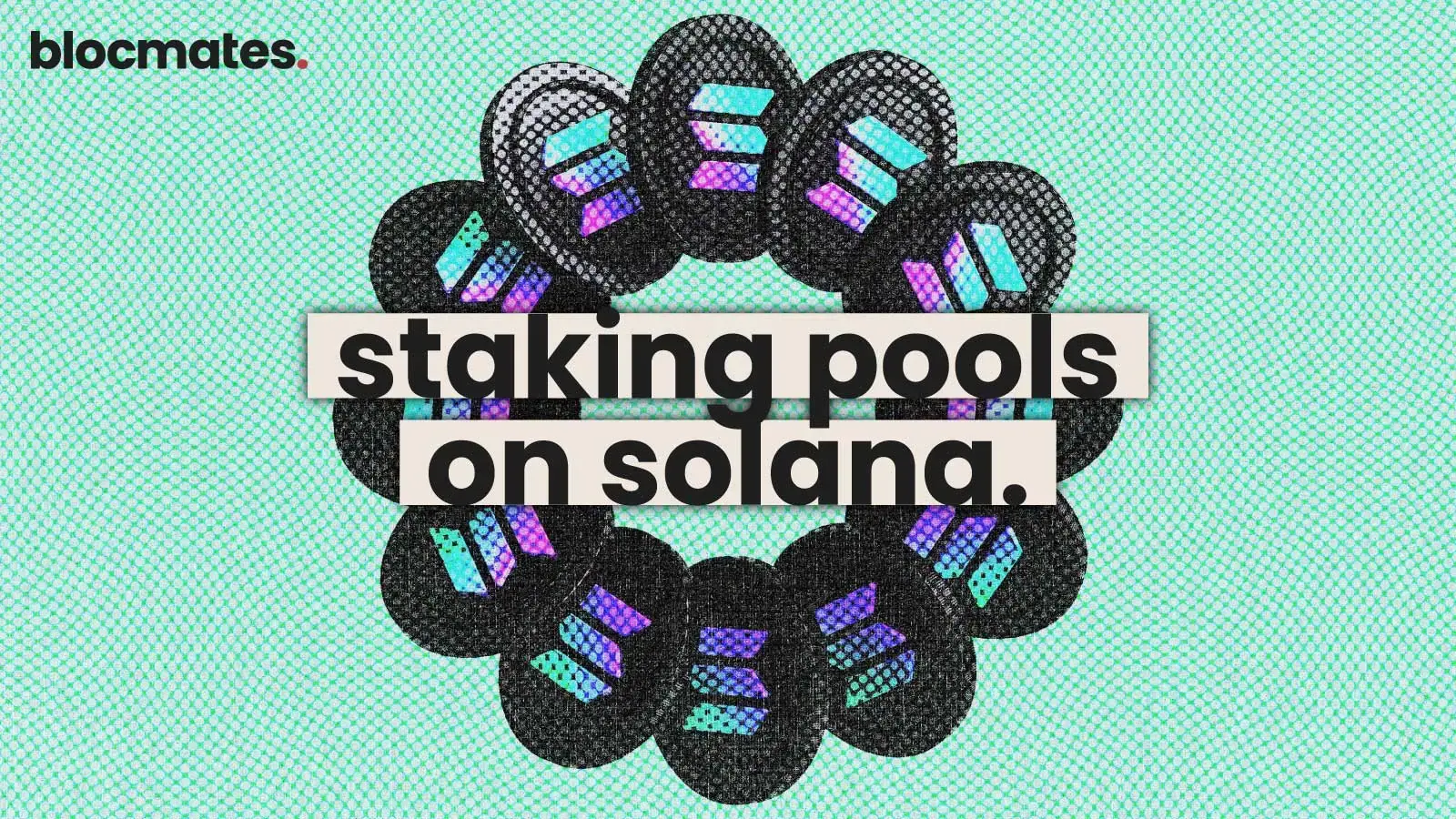





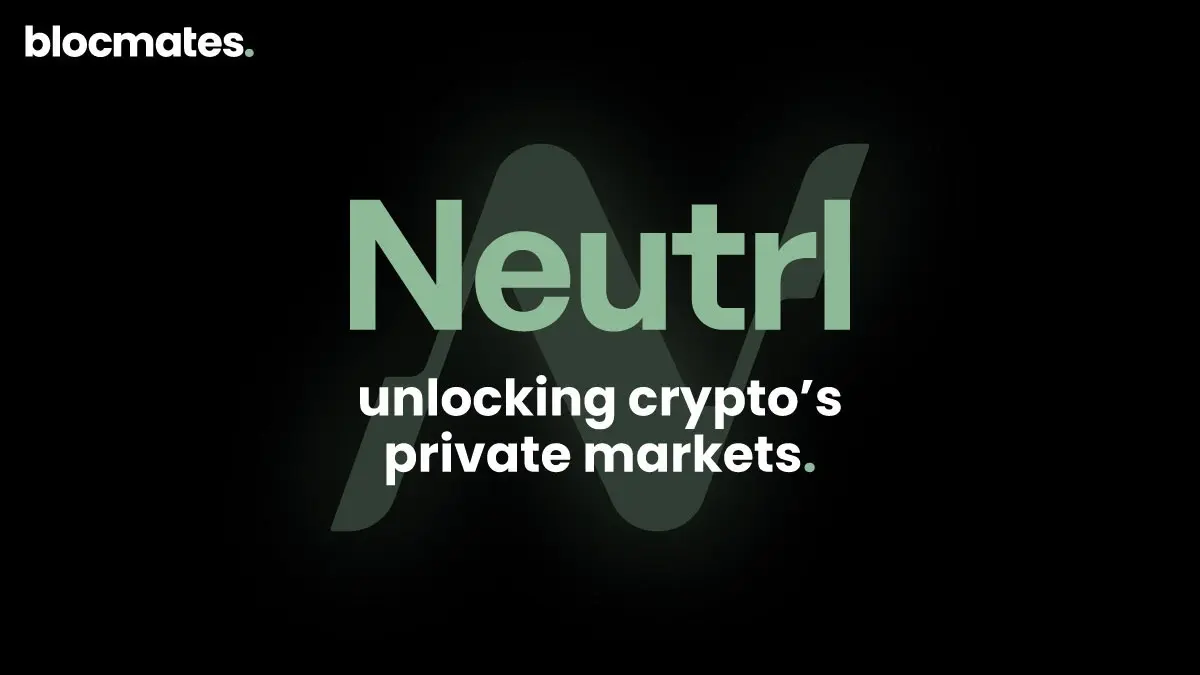


.webp)

.webp)
.webp)
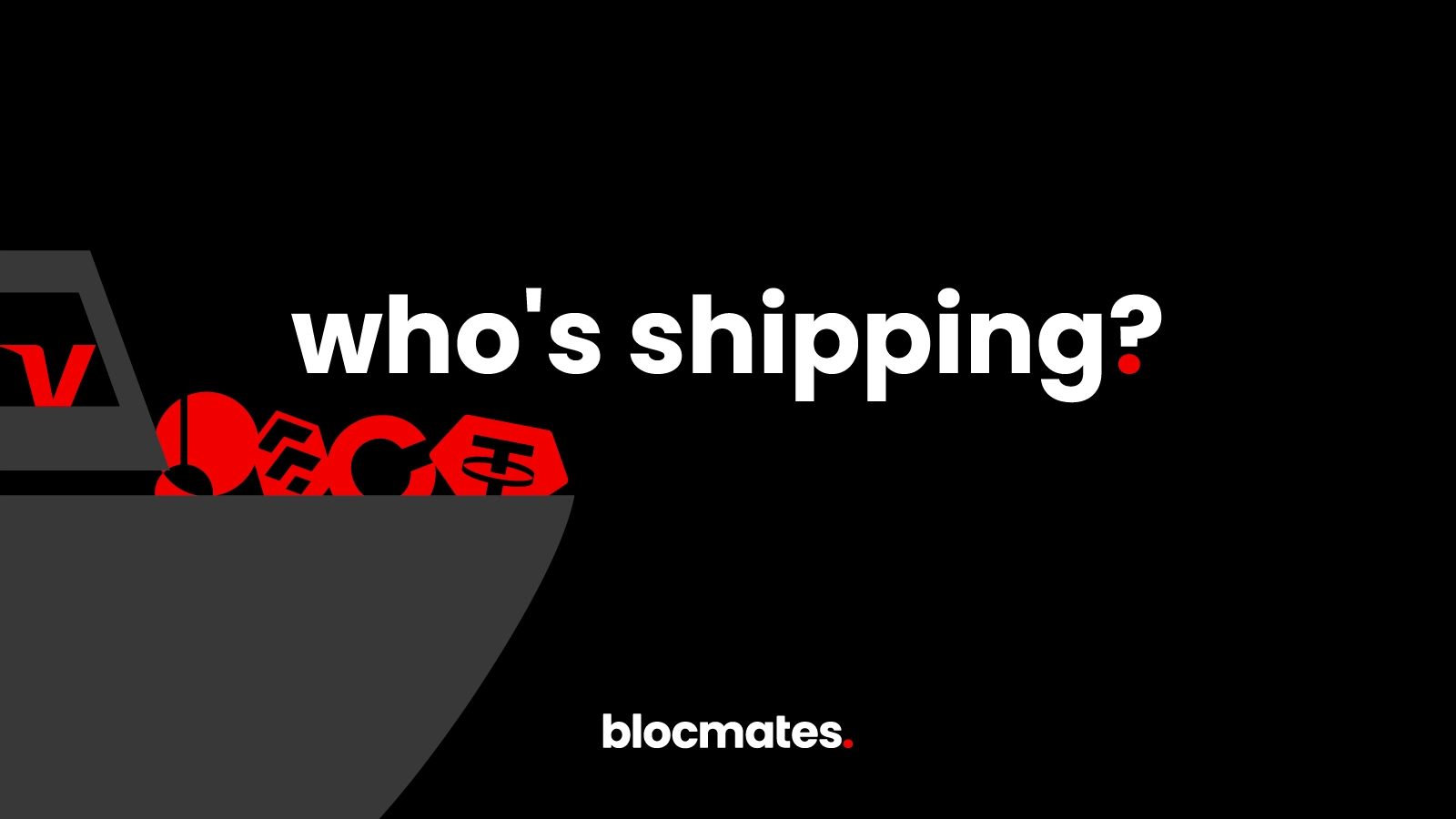
%20(1).webp)
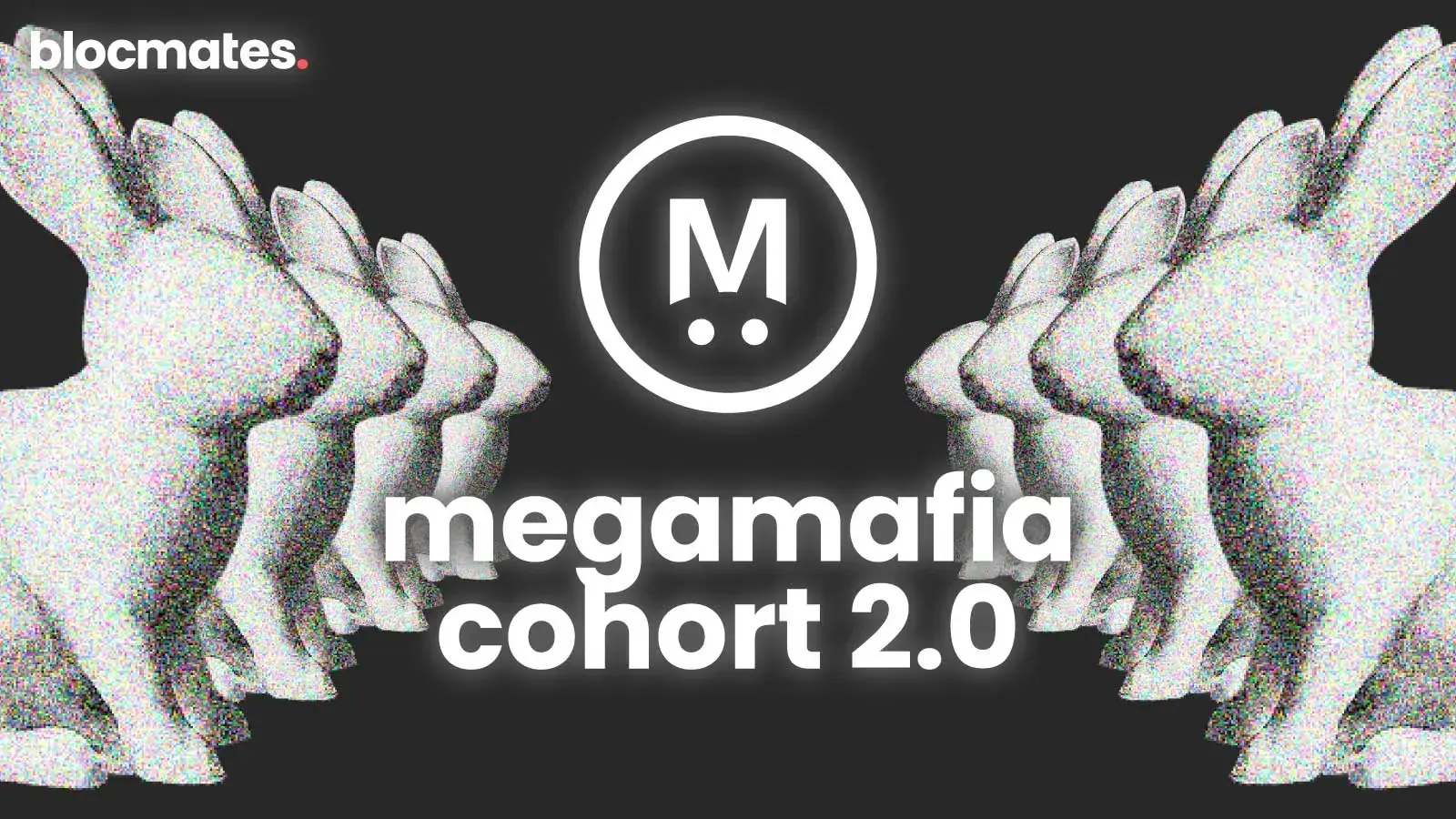
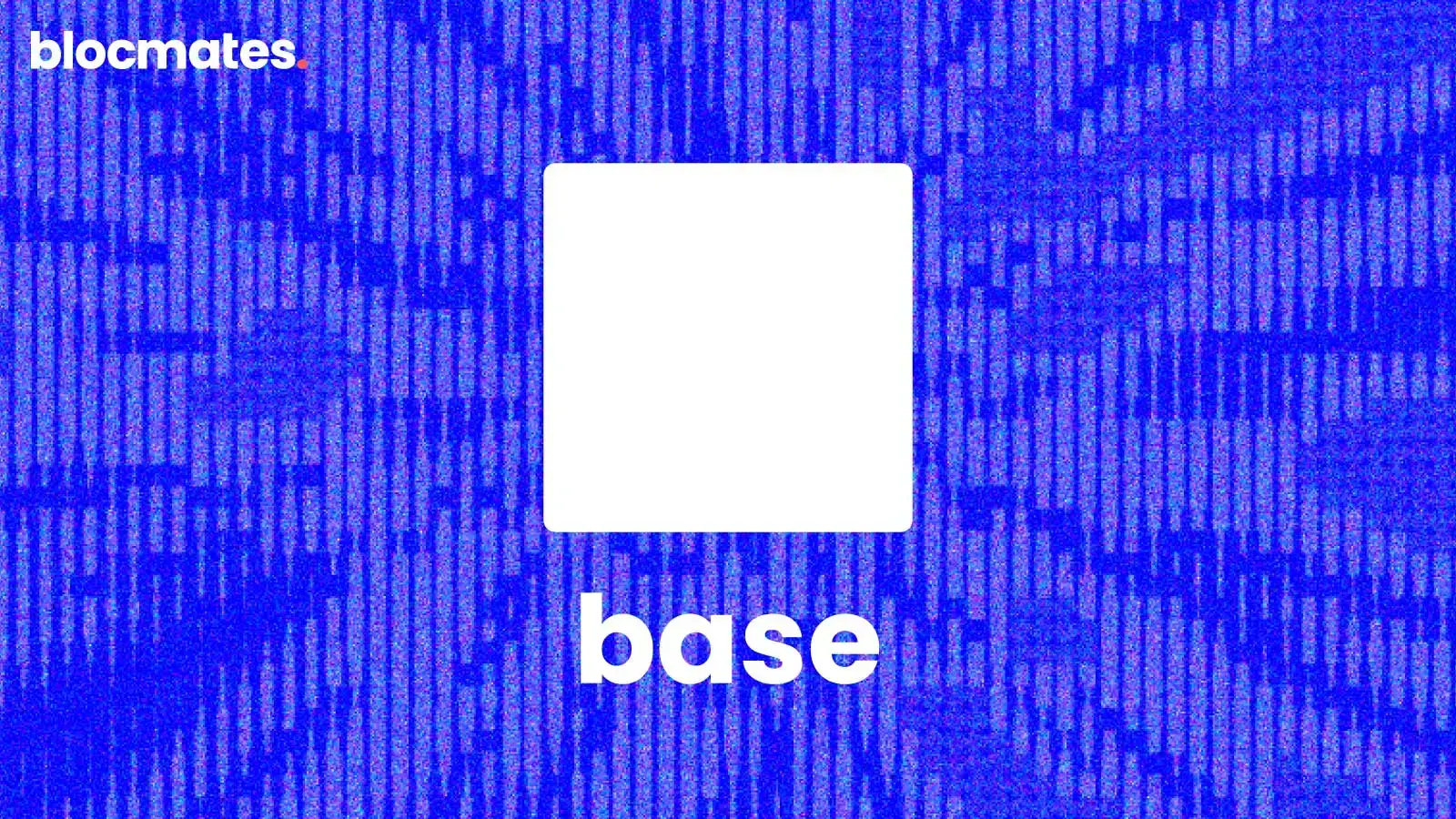
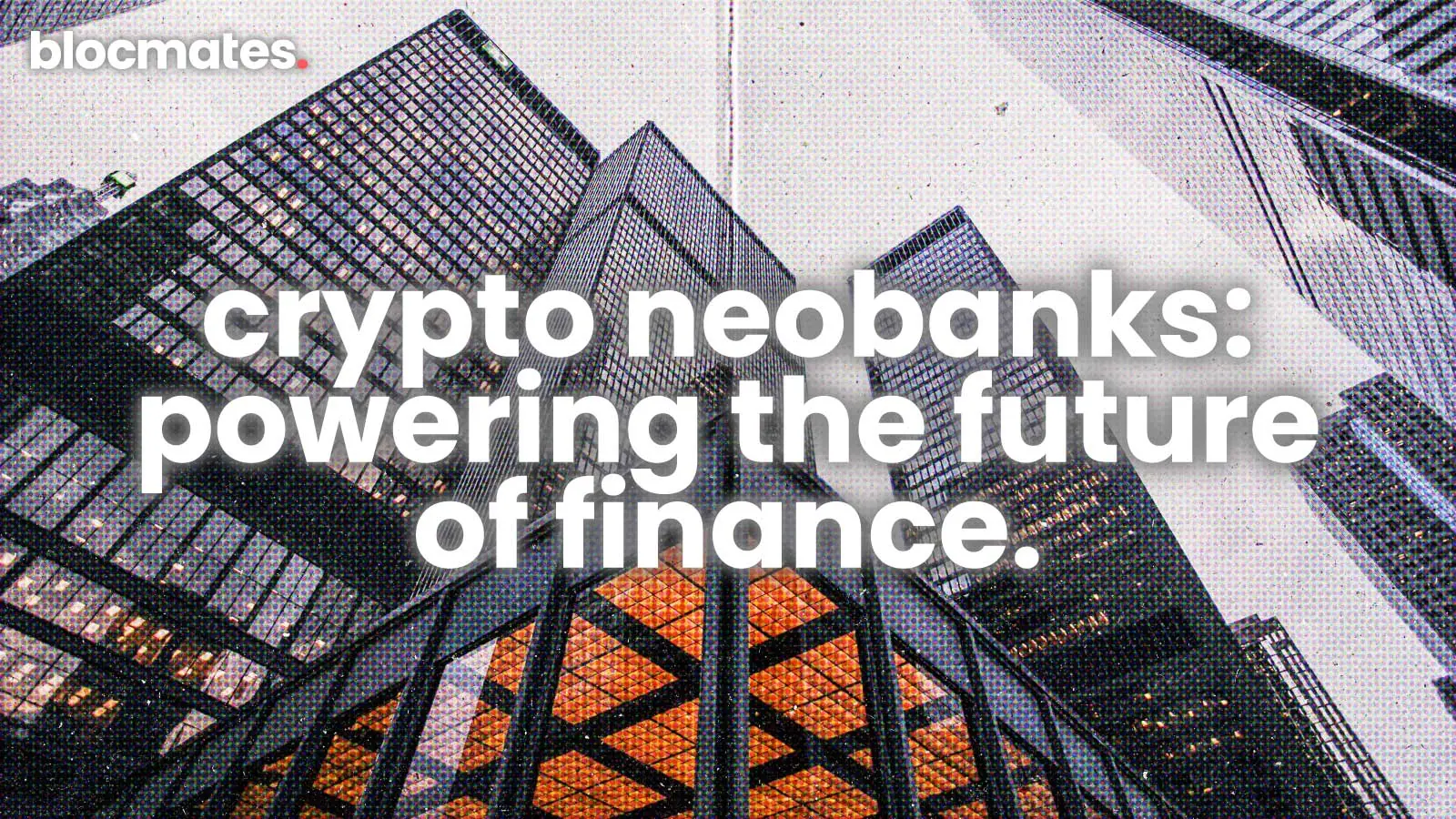


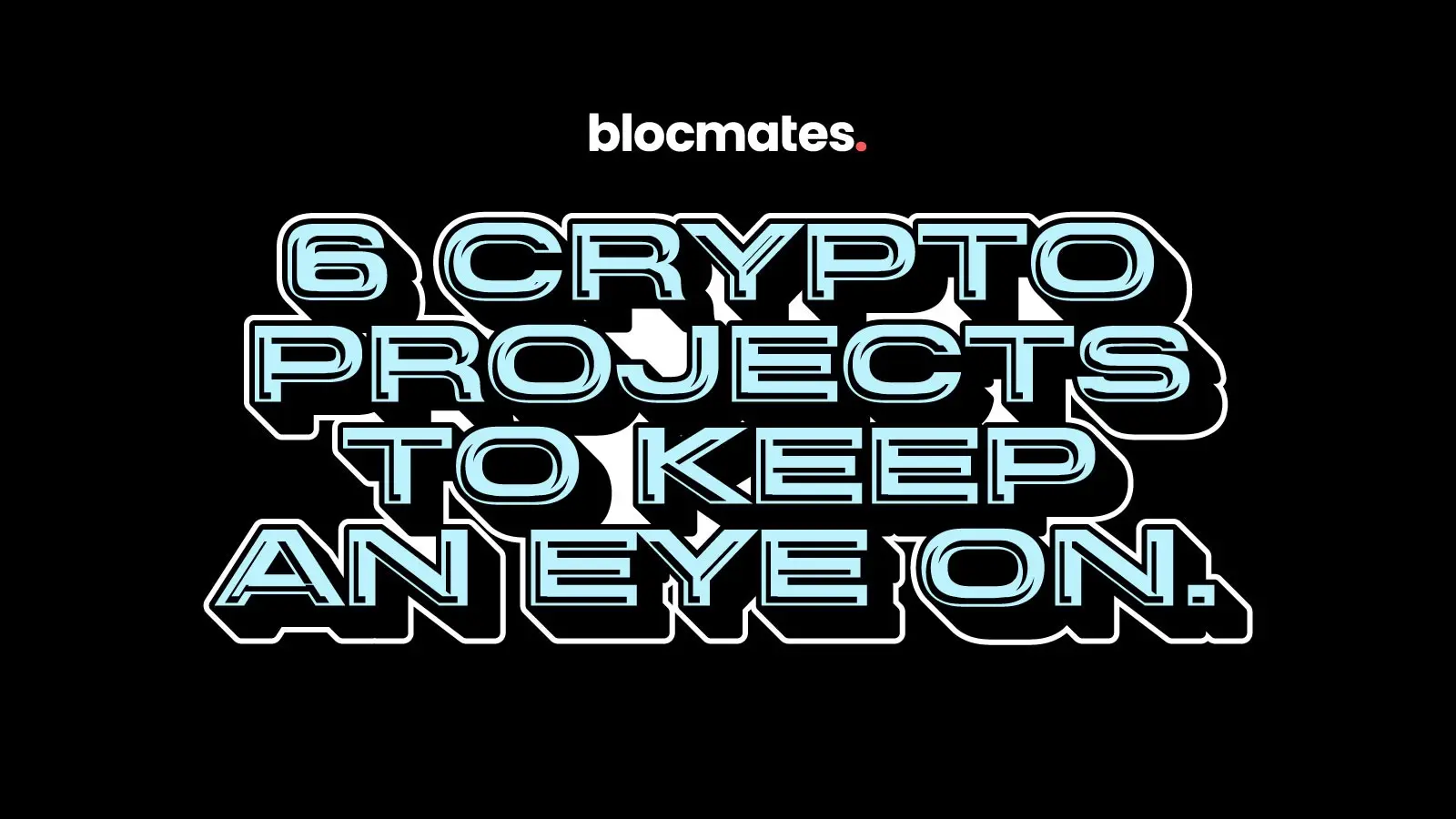
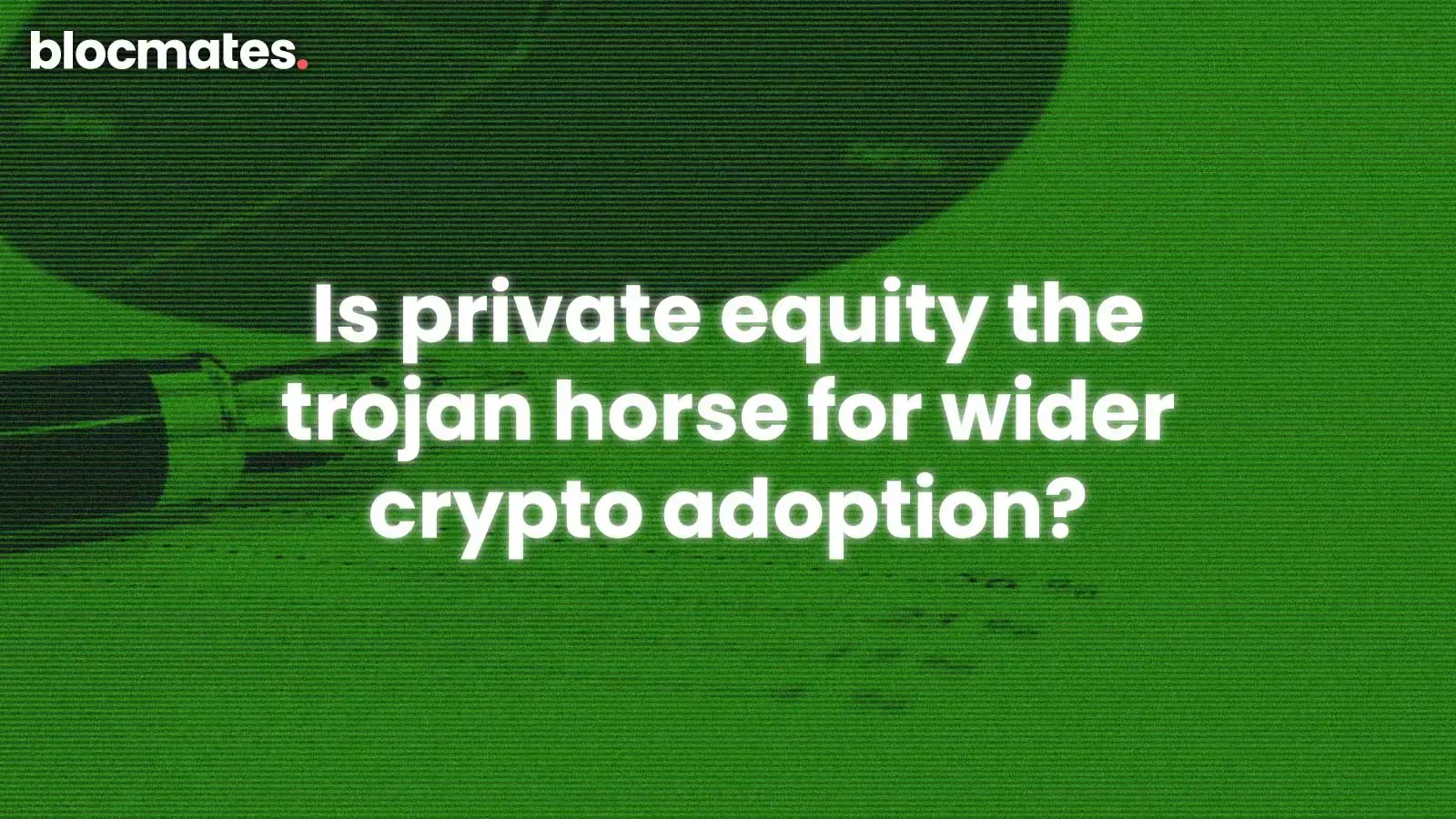
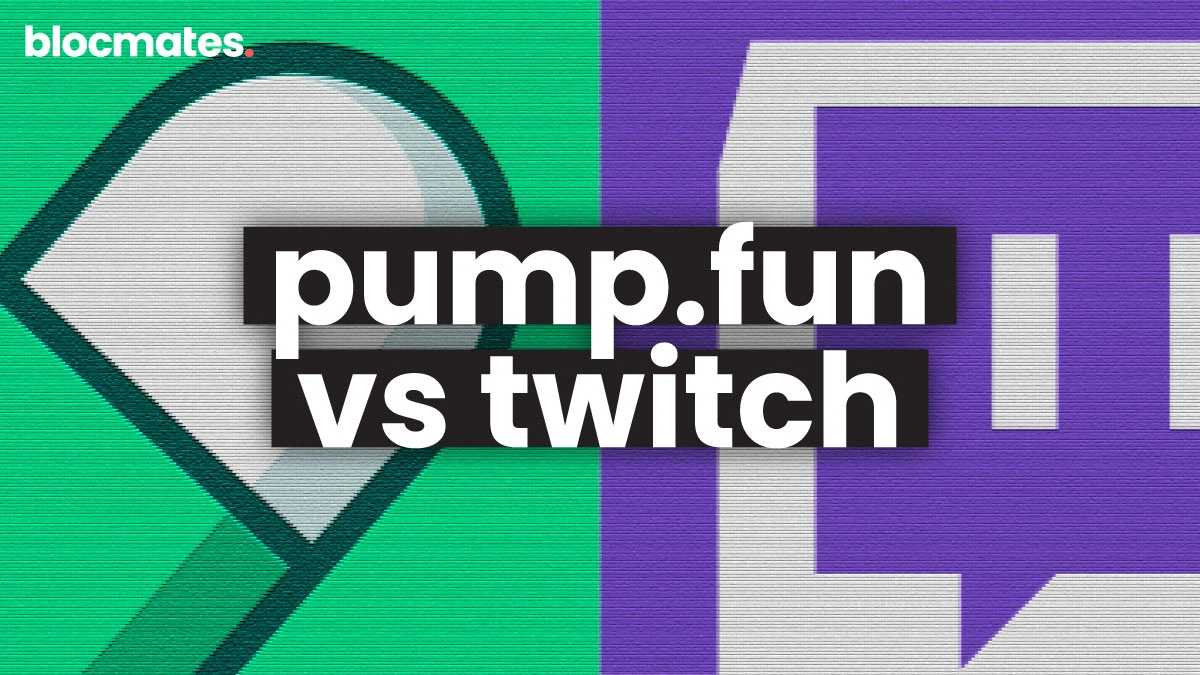

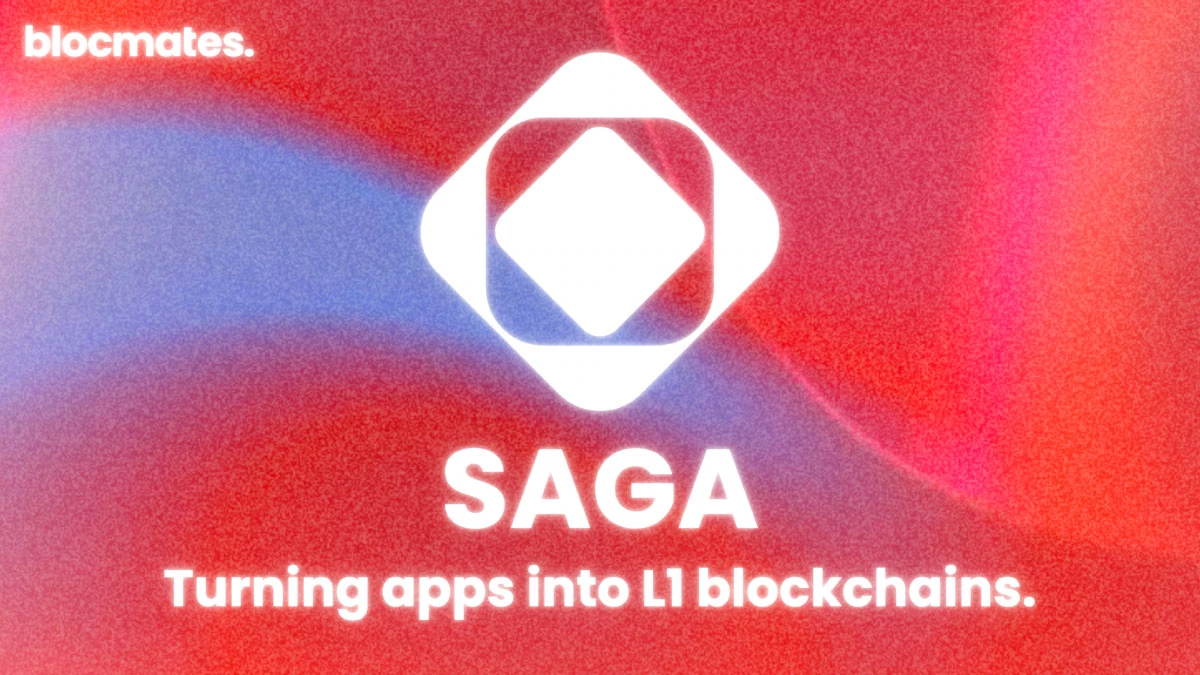

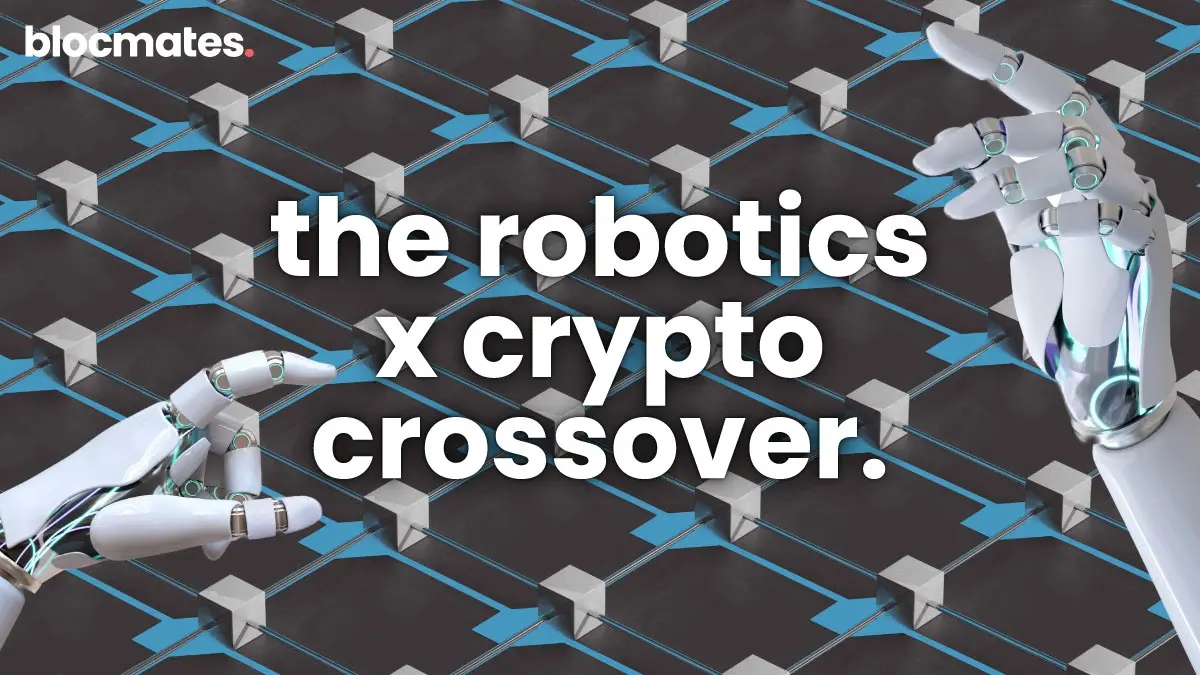
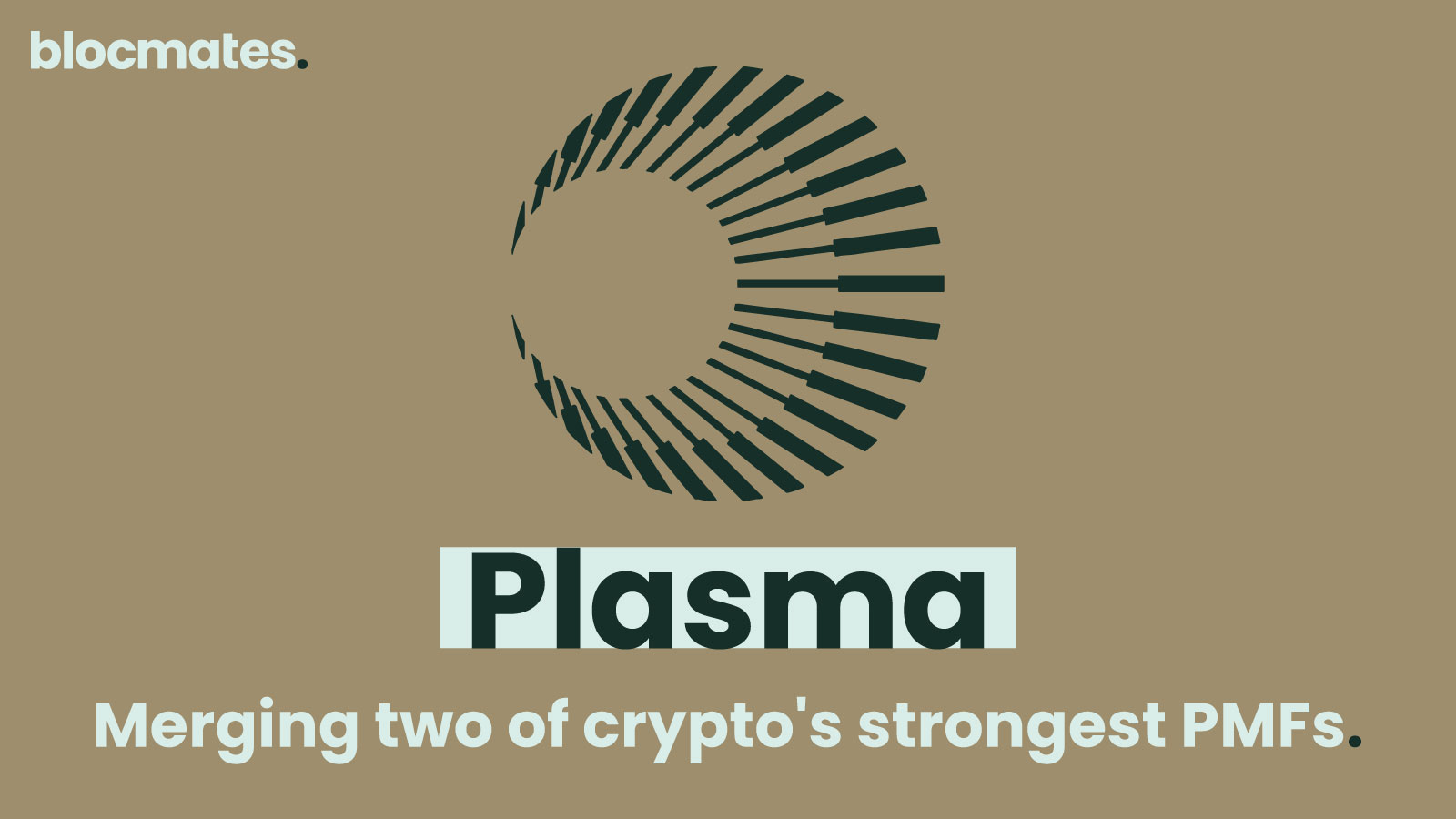

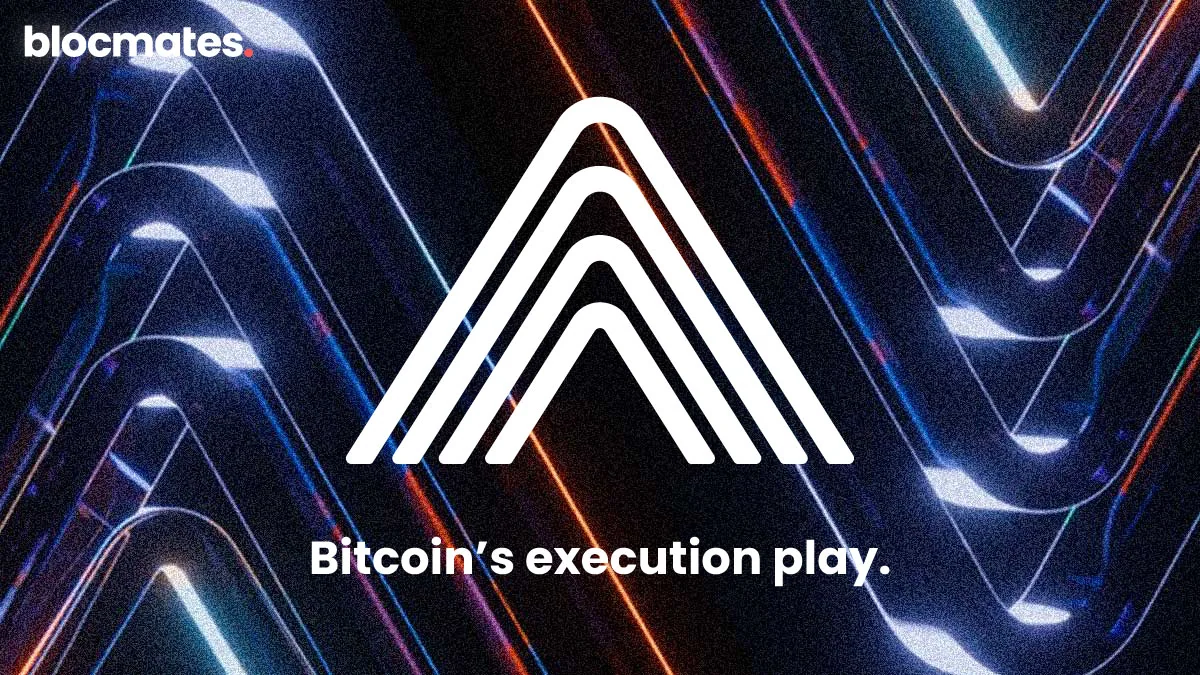
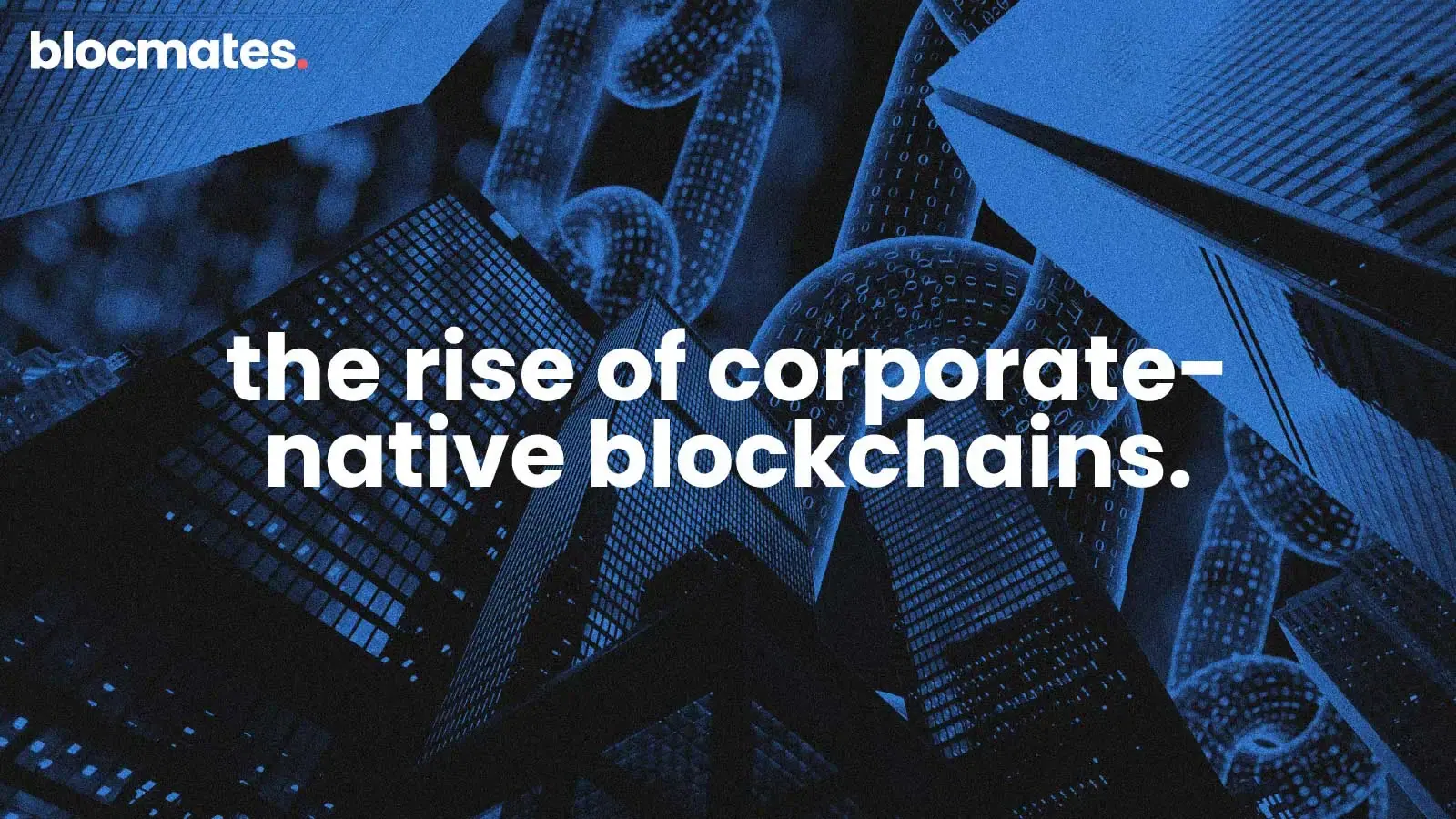
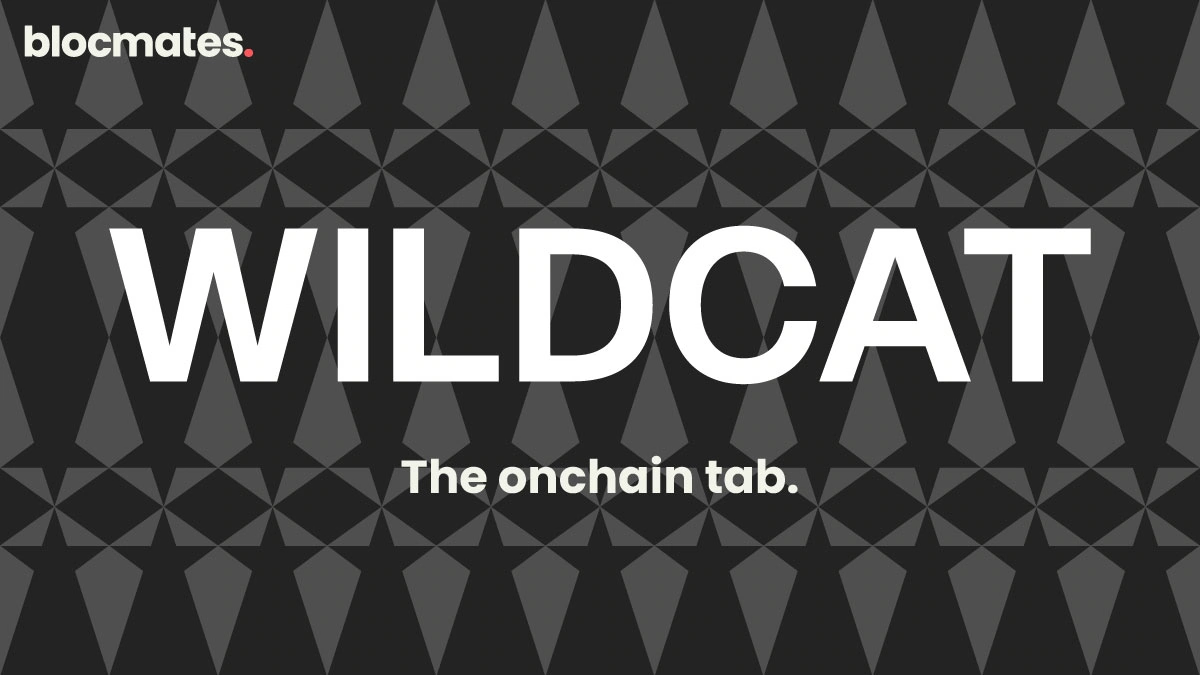
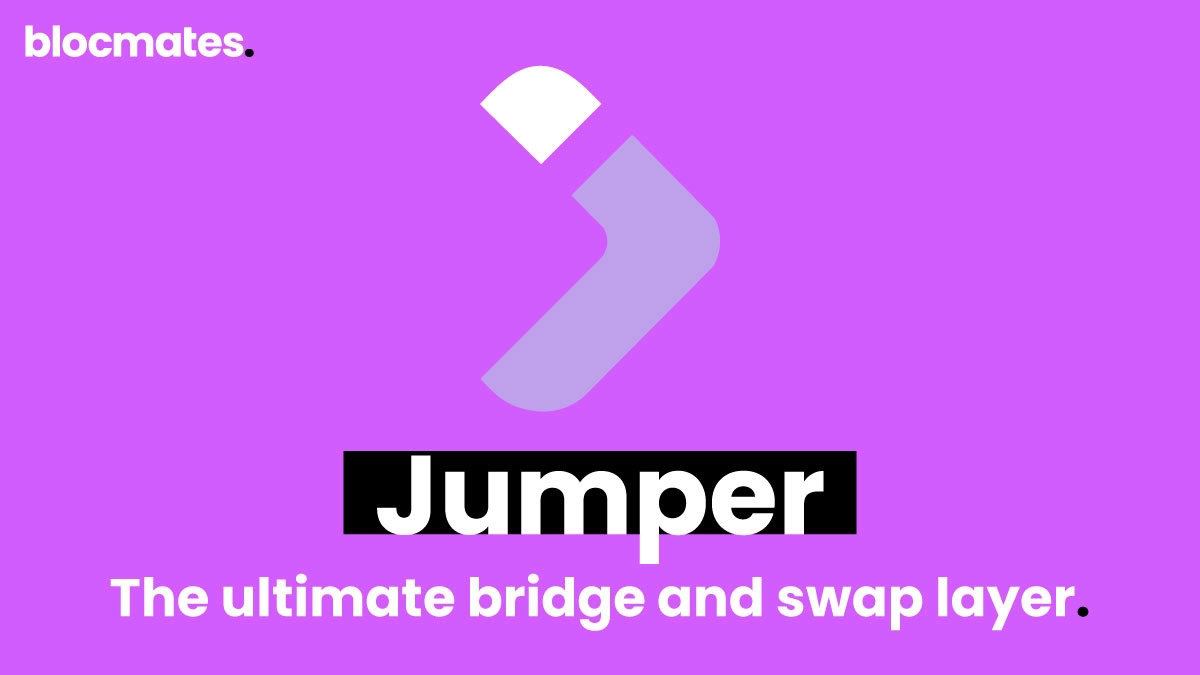
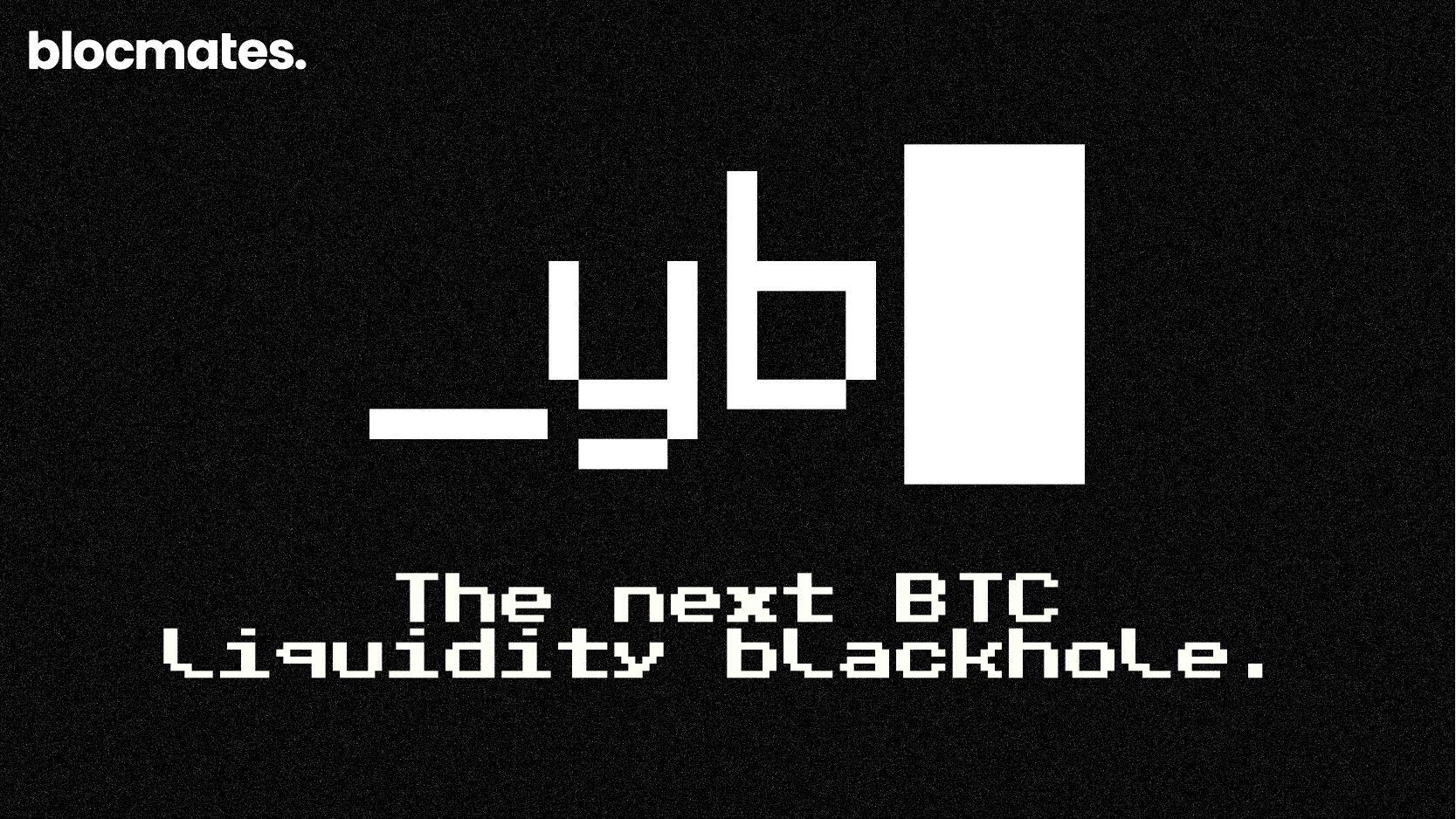
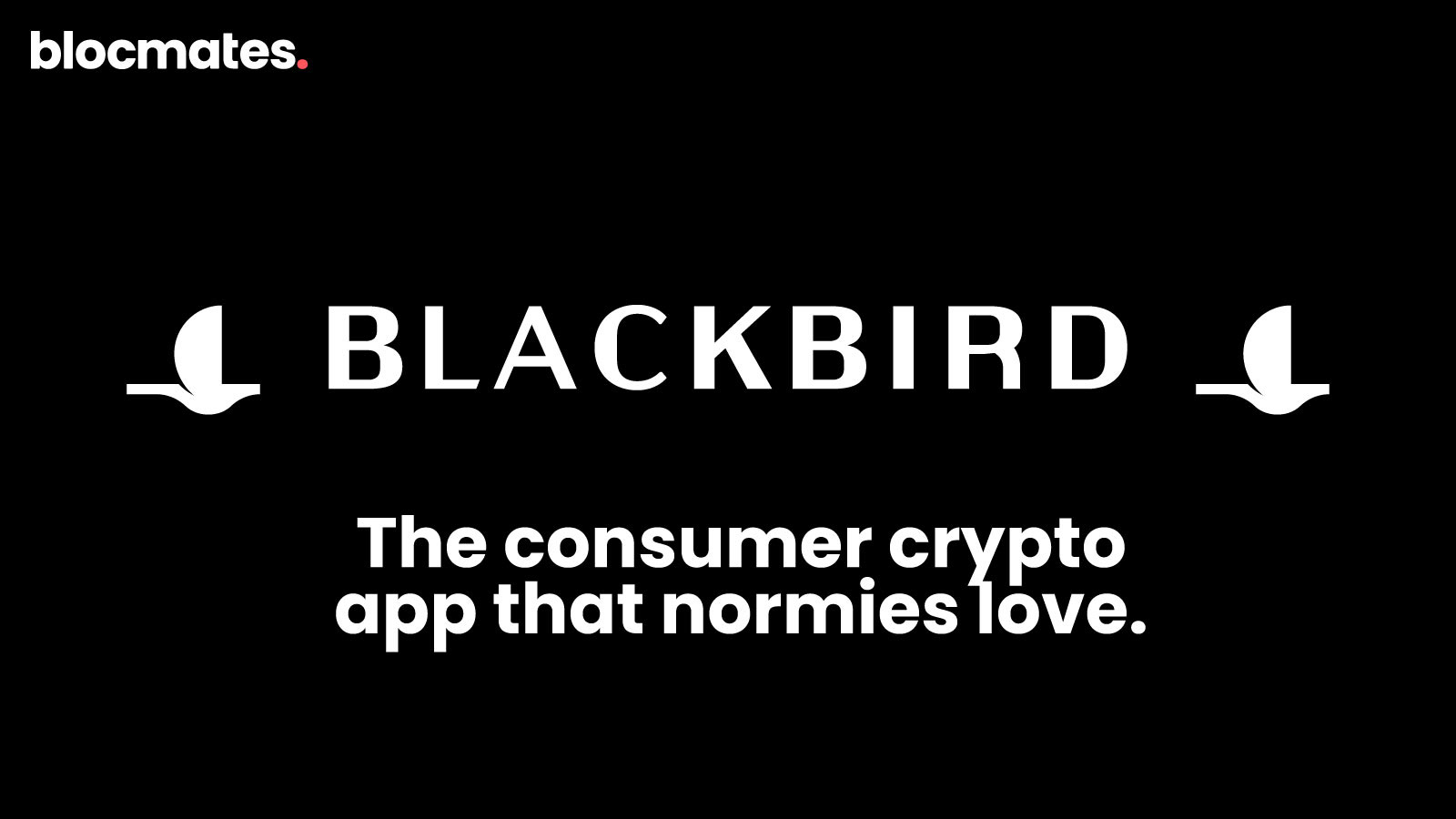
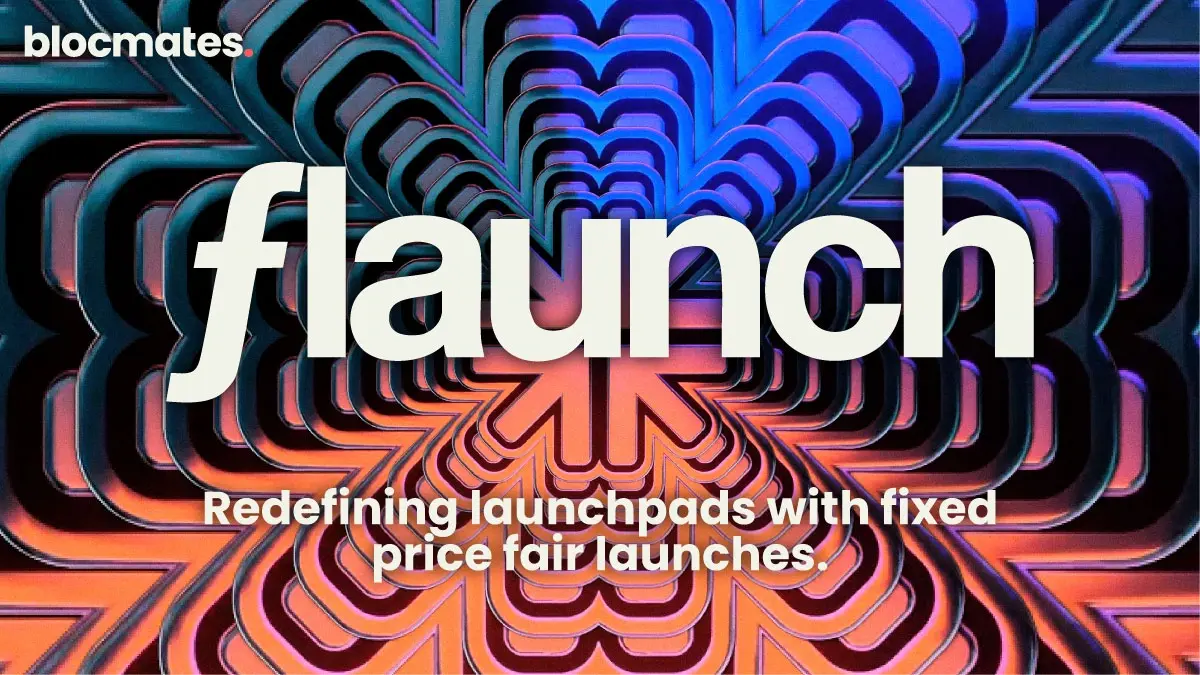

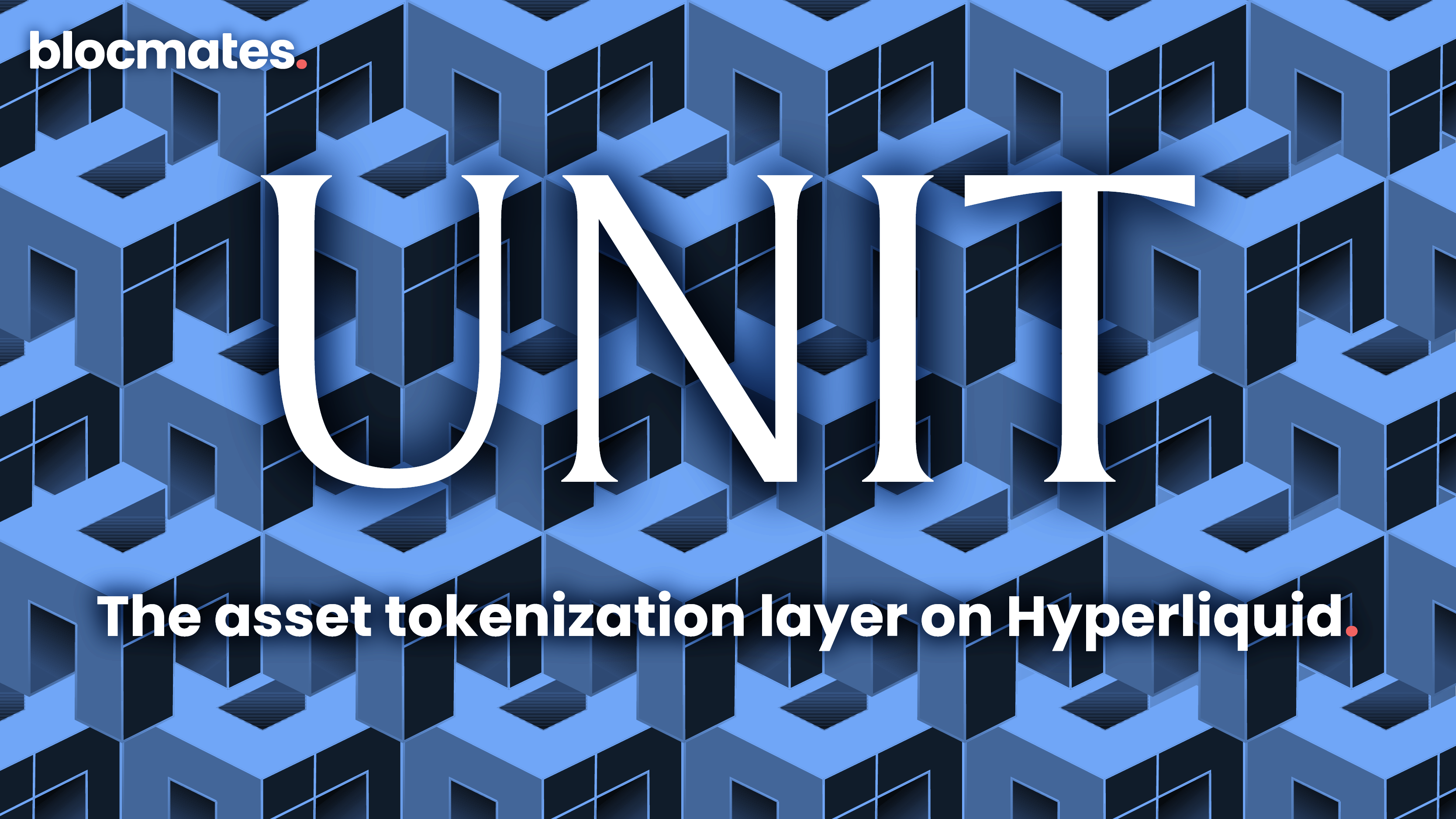



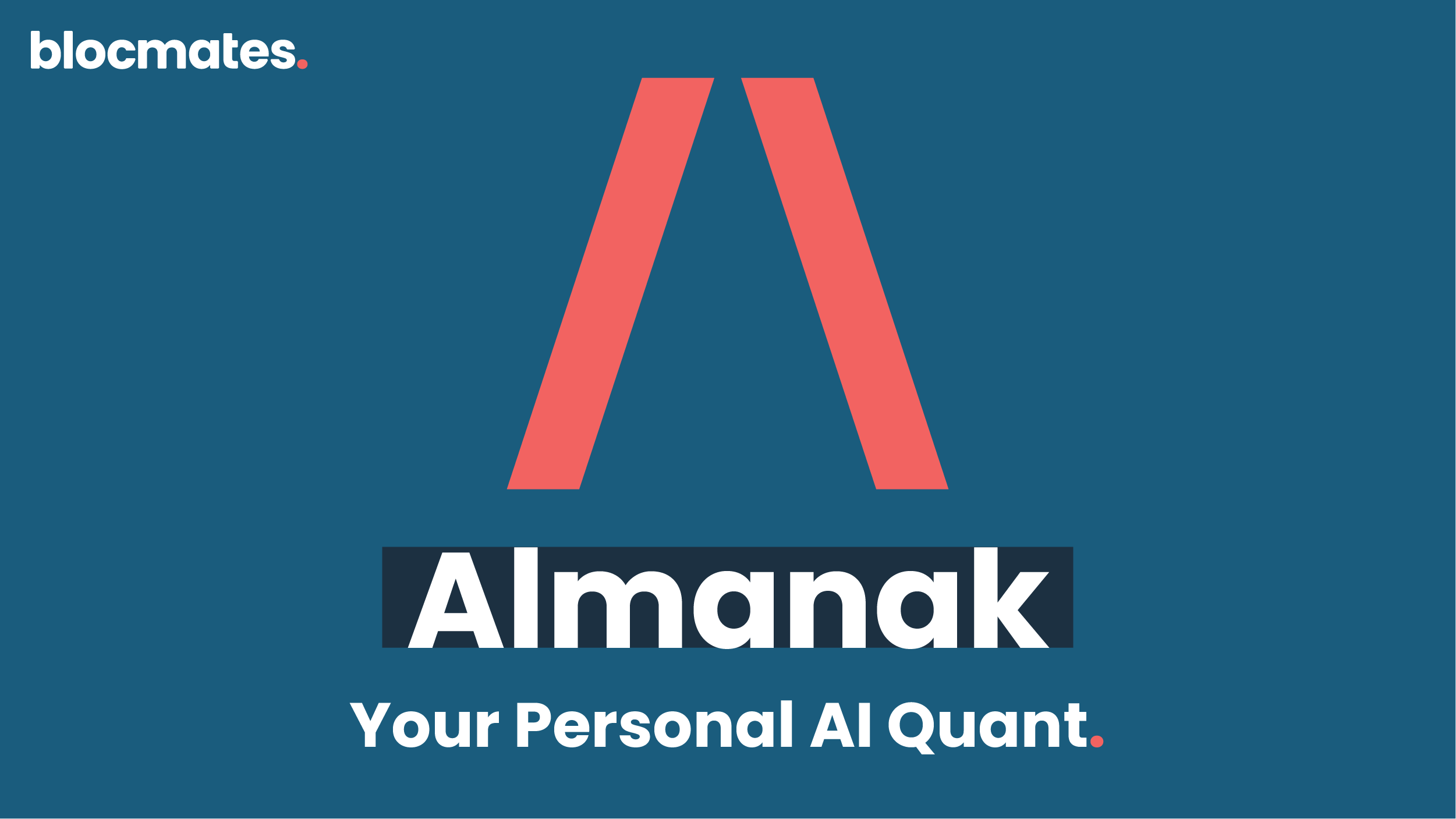
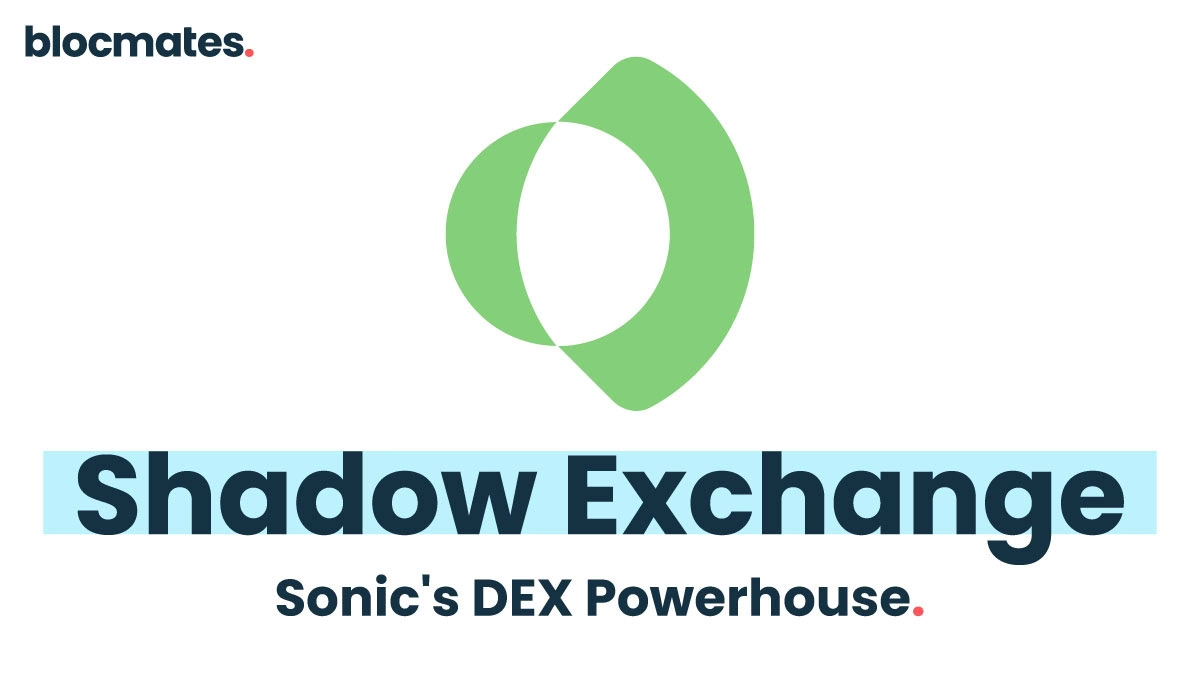


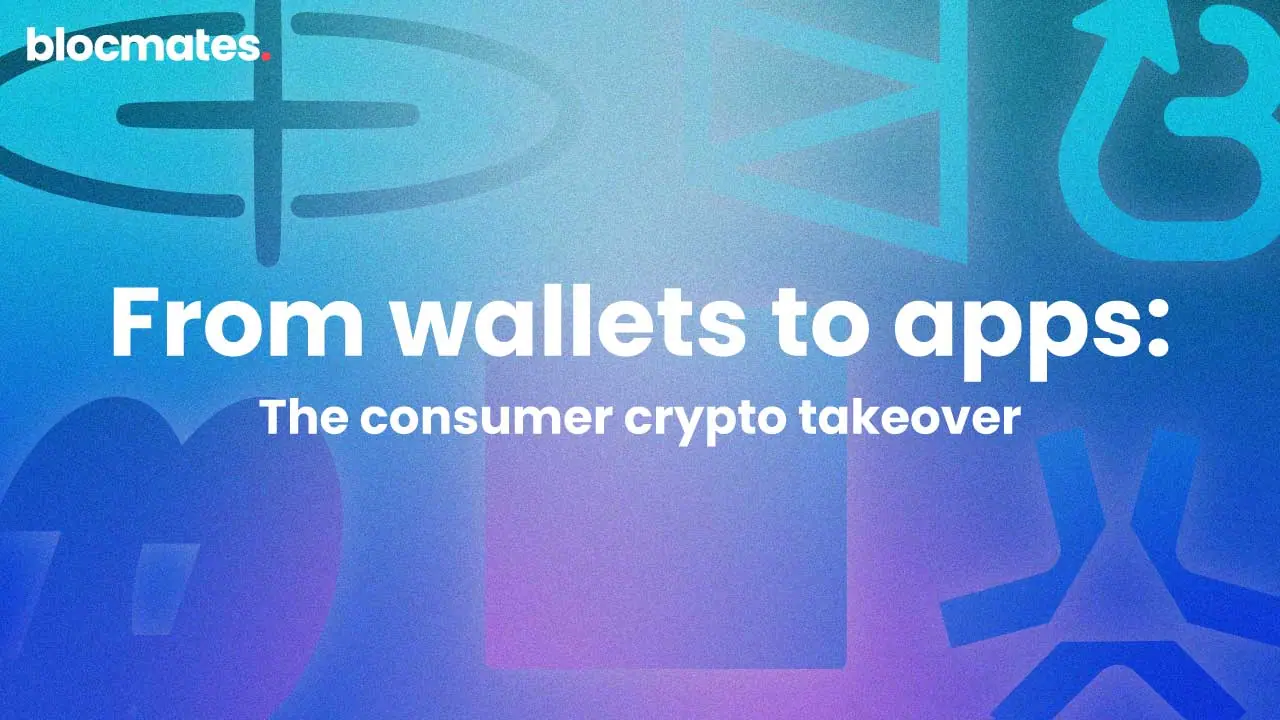


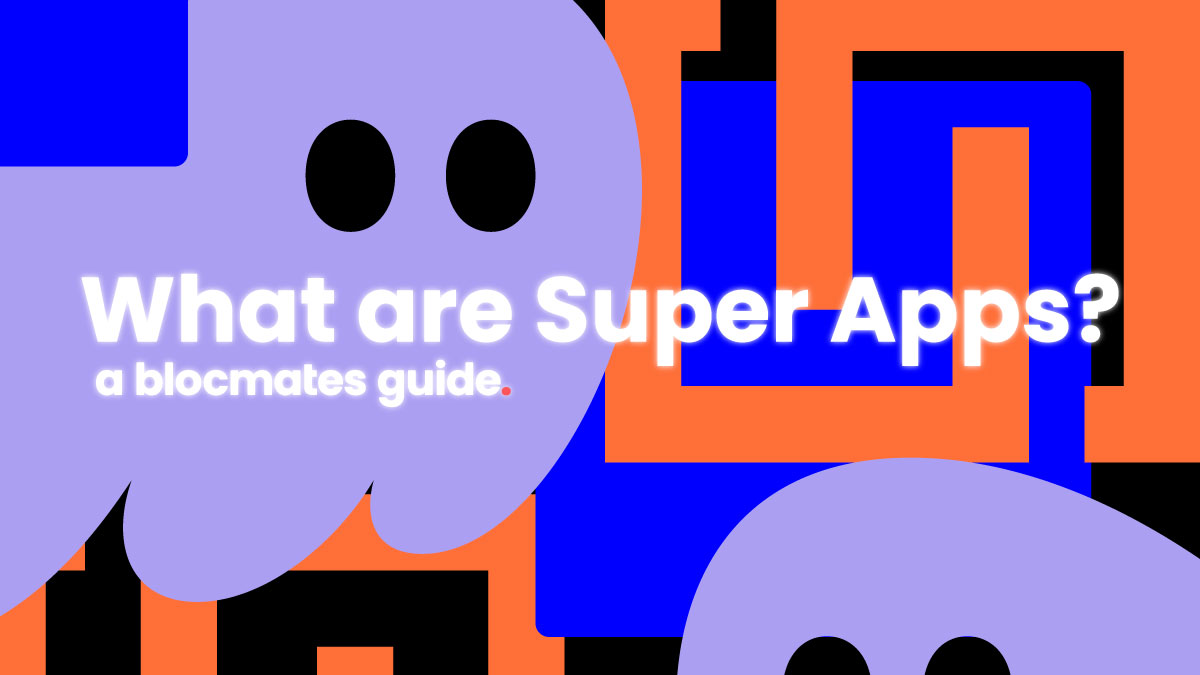
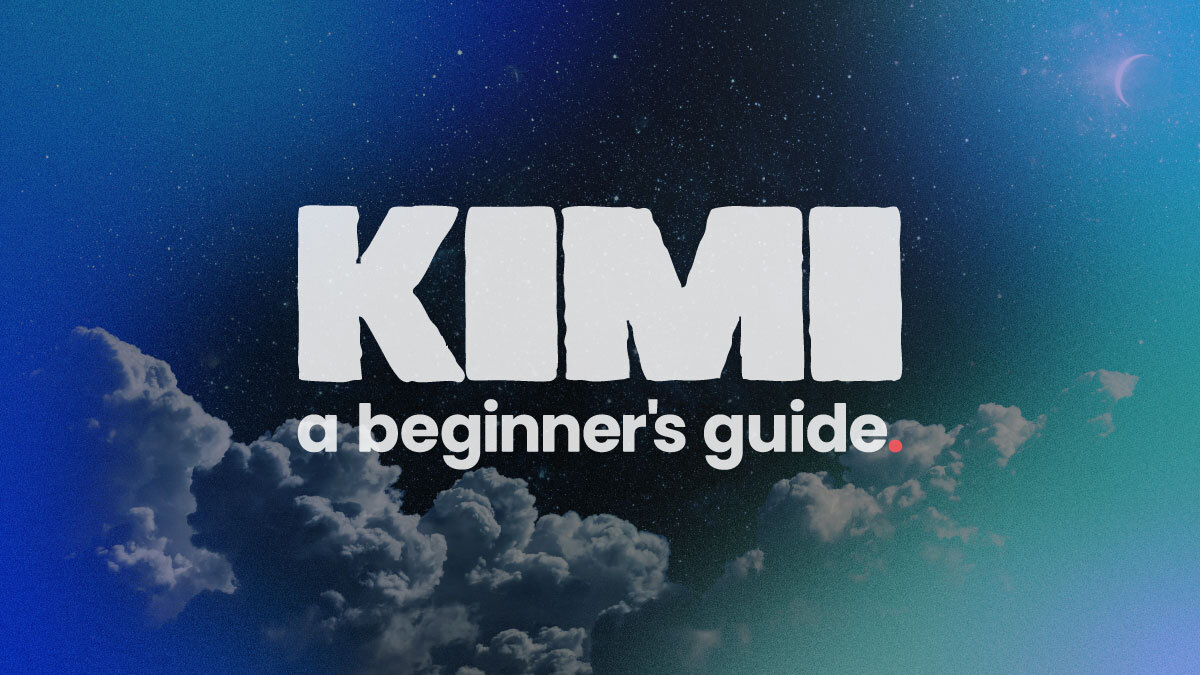
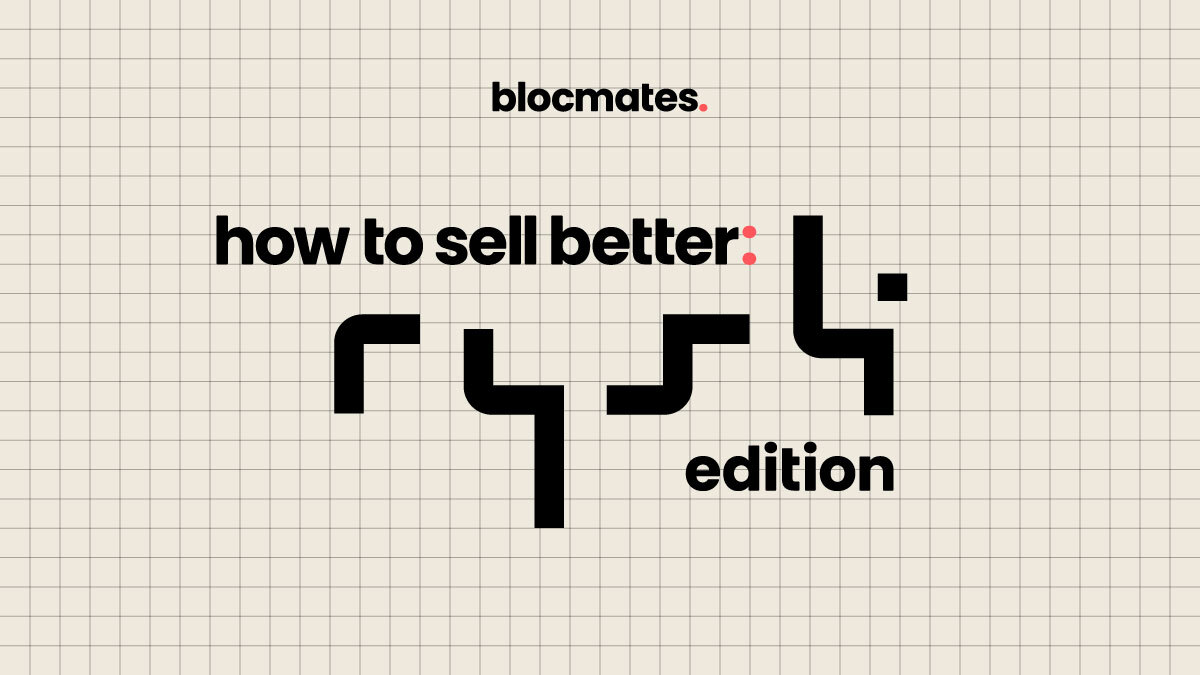
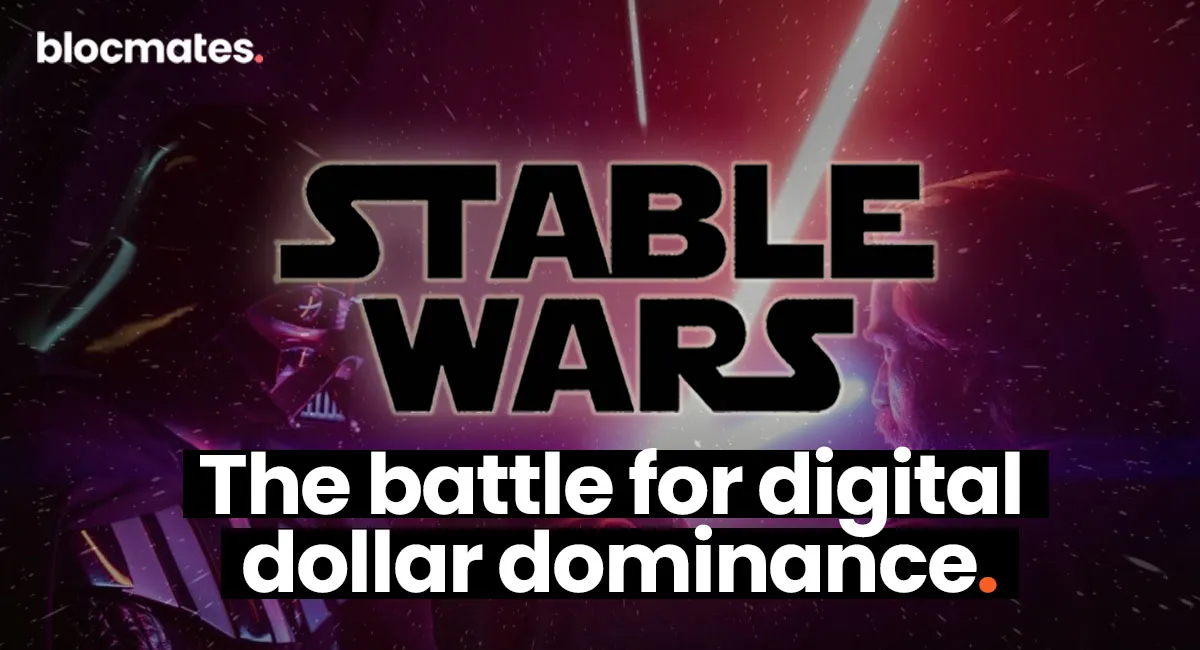

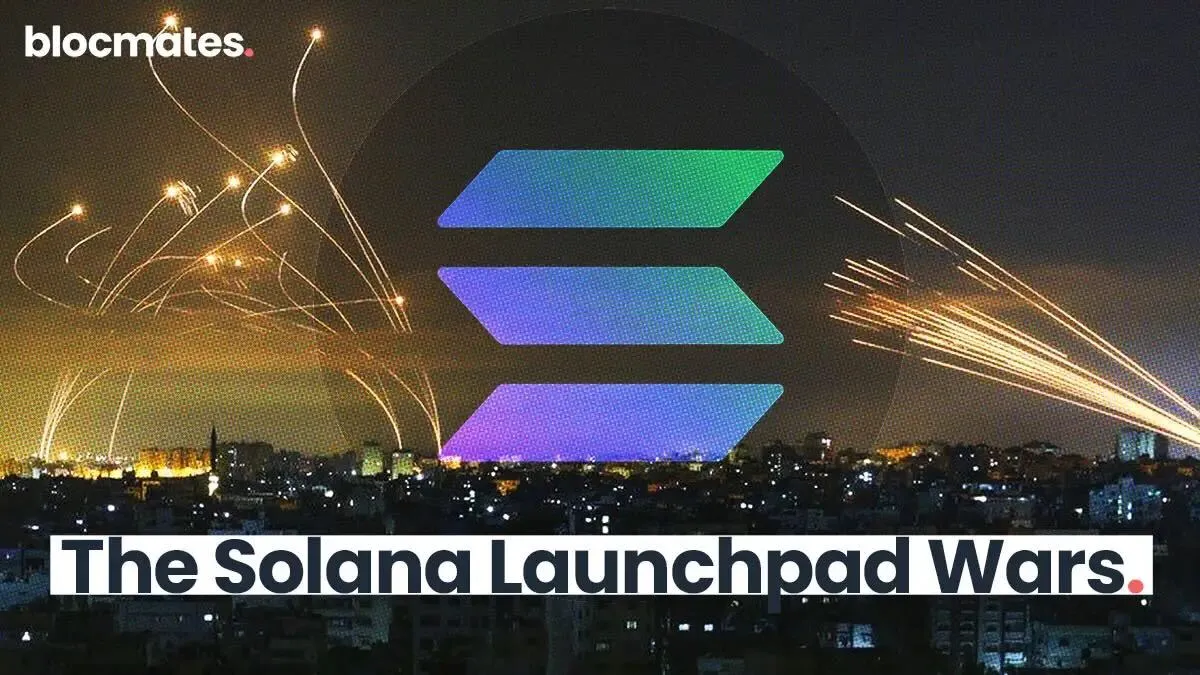




















%202.webp)


.webp)

.webp)
.webp)
.webp)



.webp)

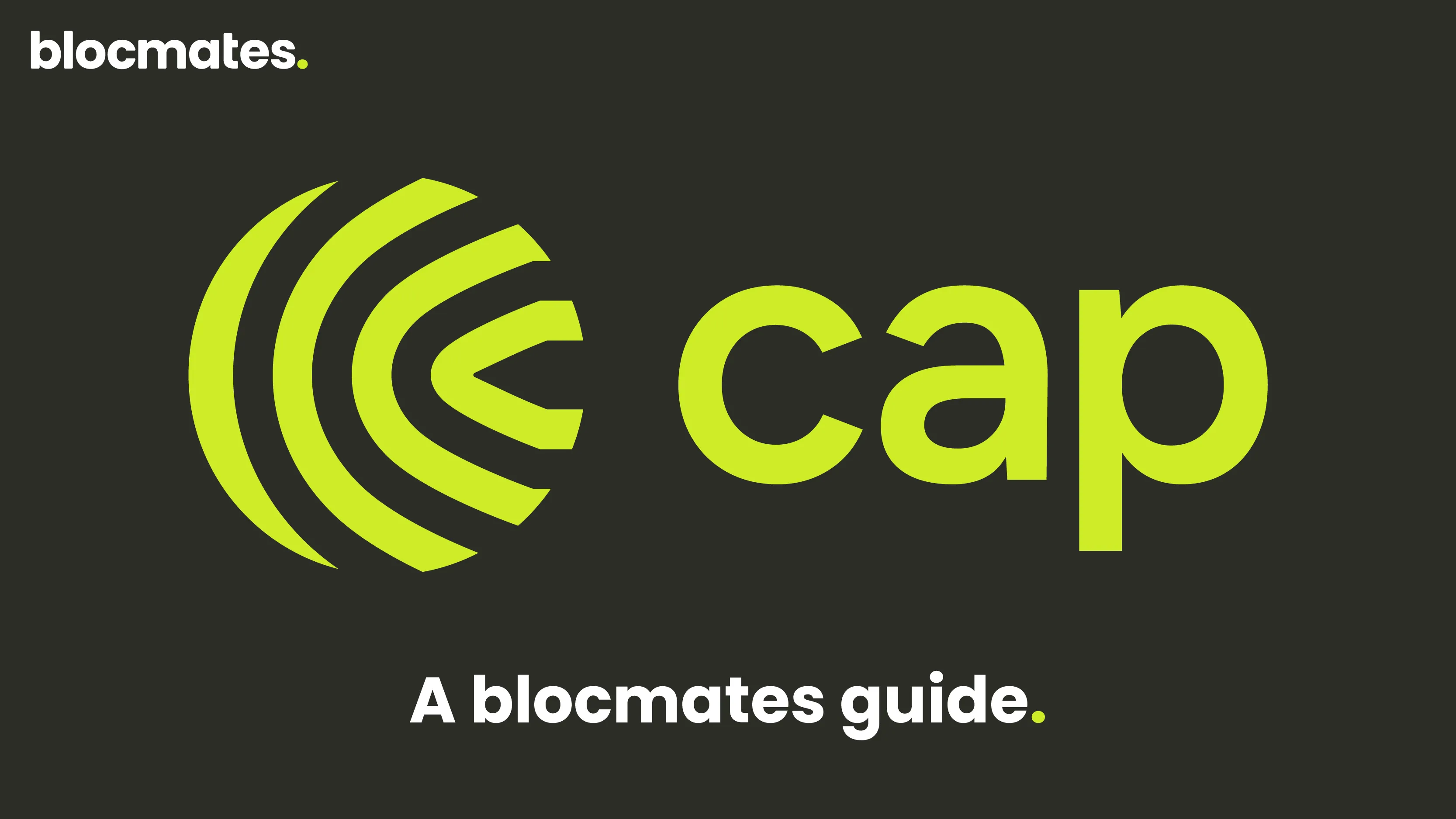










%20the%20Next%20Big%20Unlock%20in%20AI.webp)




.webp)
.webp)

.webp)
.webp)
.webp)


.webp)
.webp)










.webp)


.webp)









.webp)







.webp)
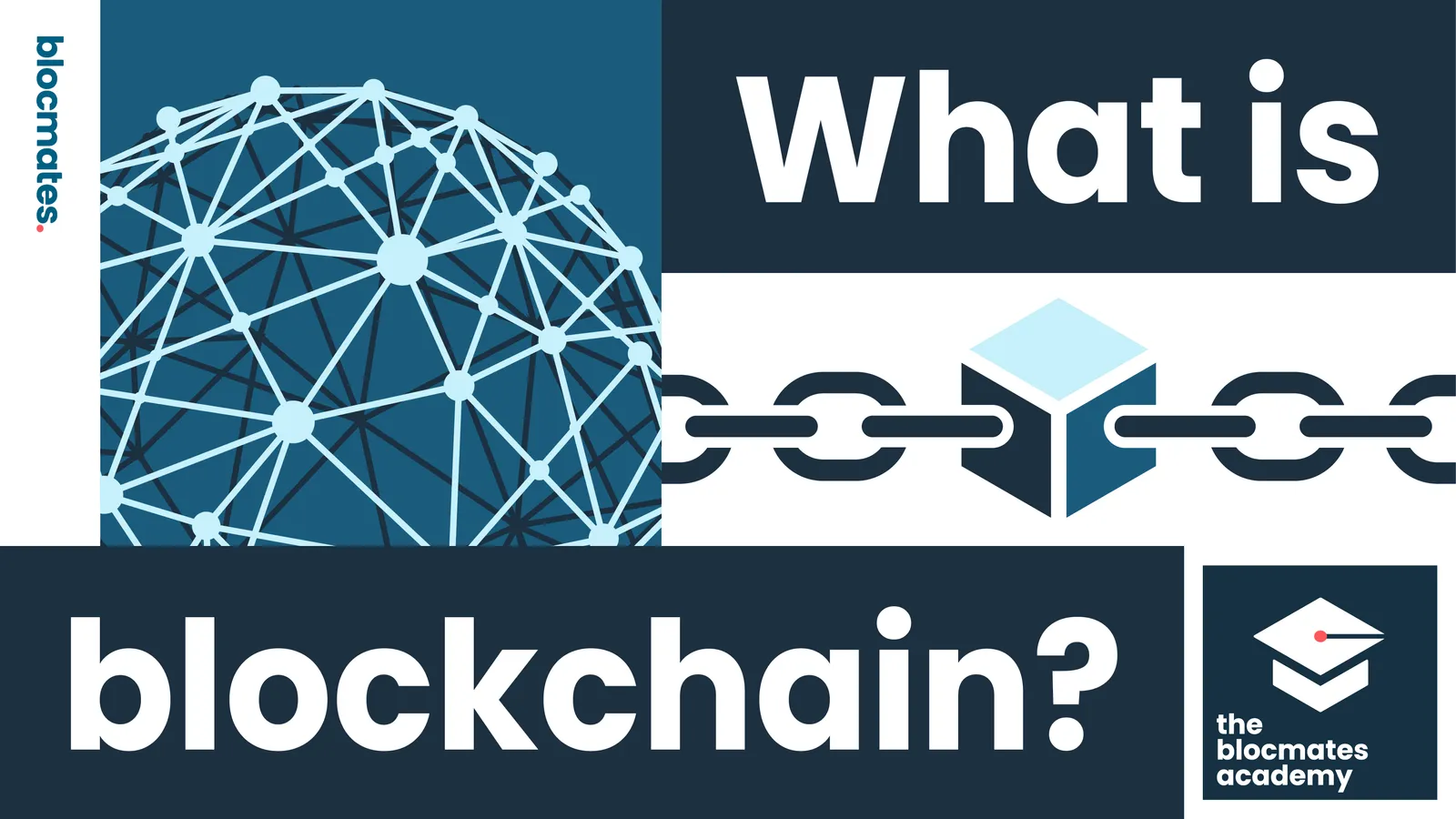



.webp)














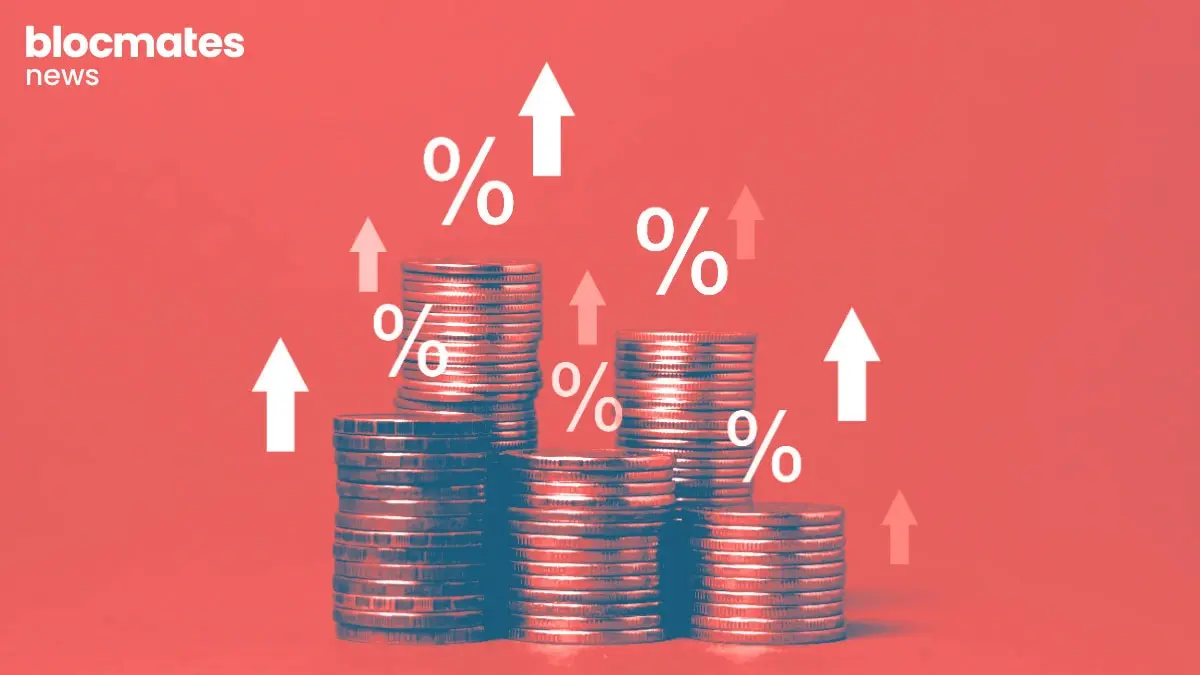

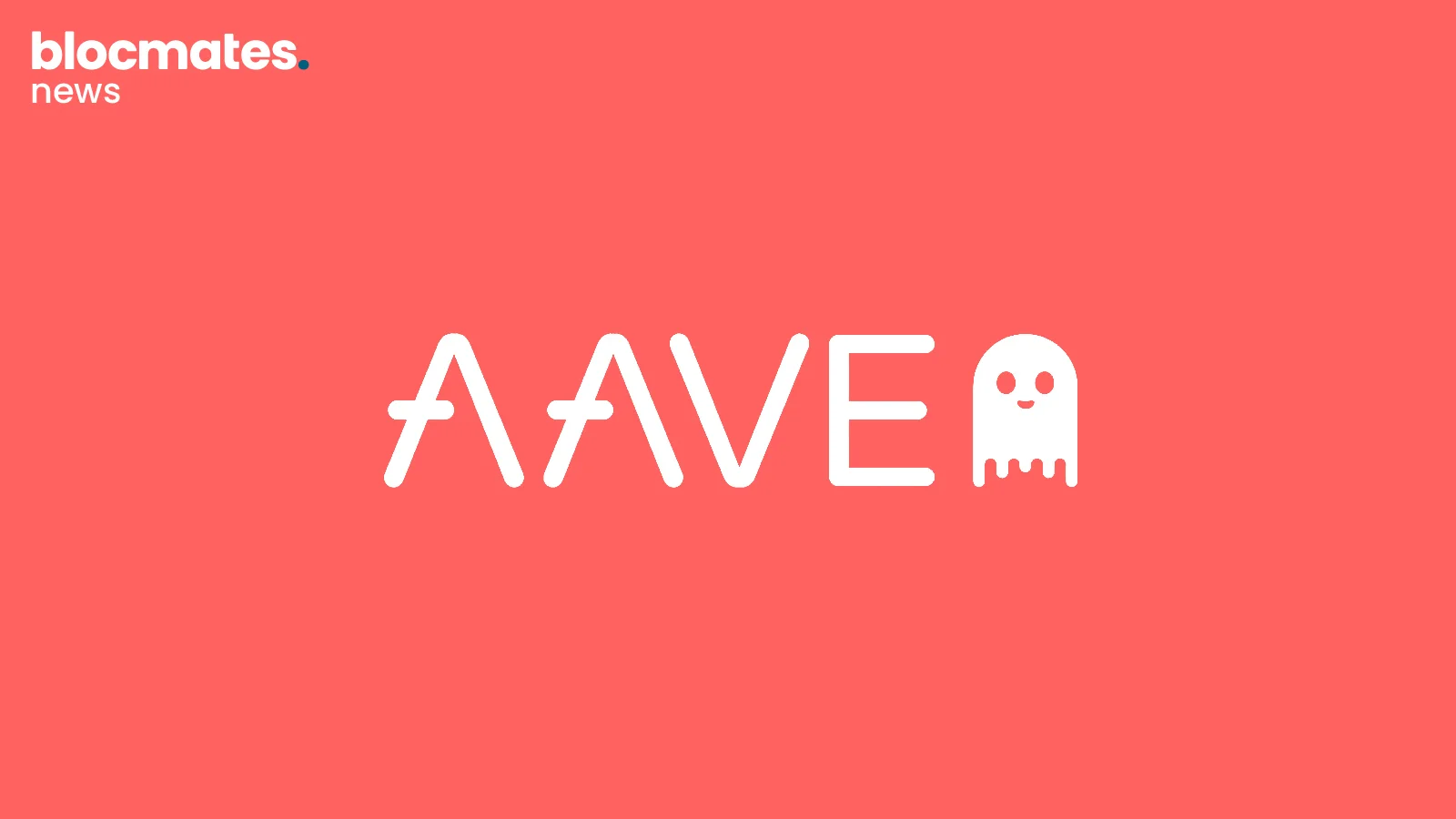
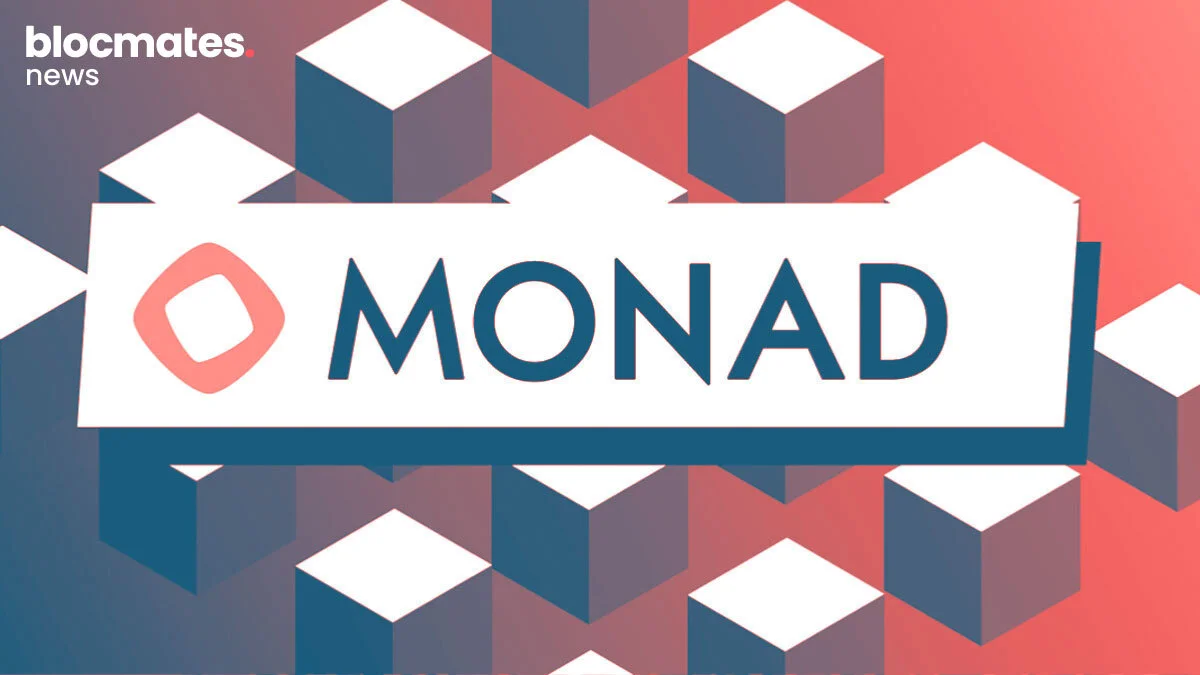
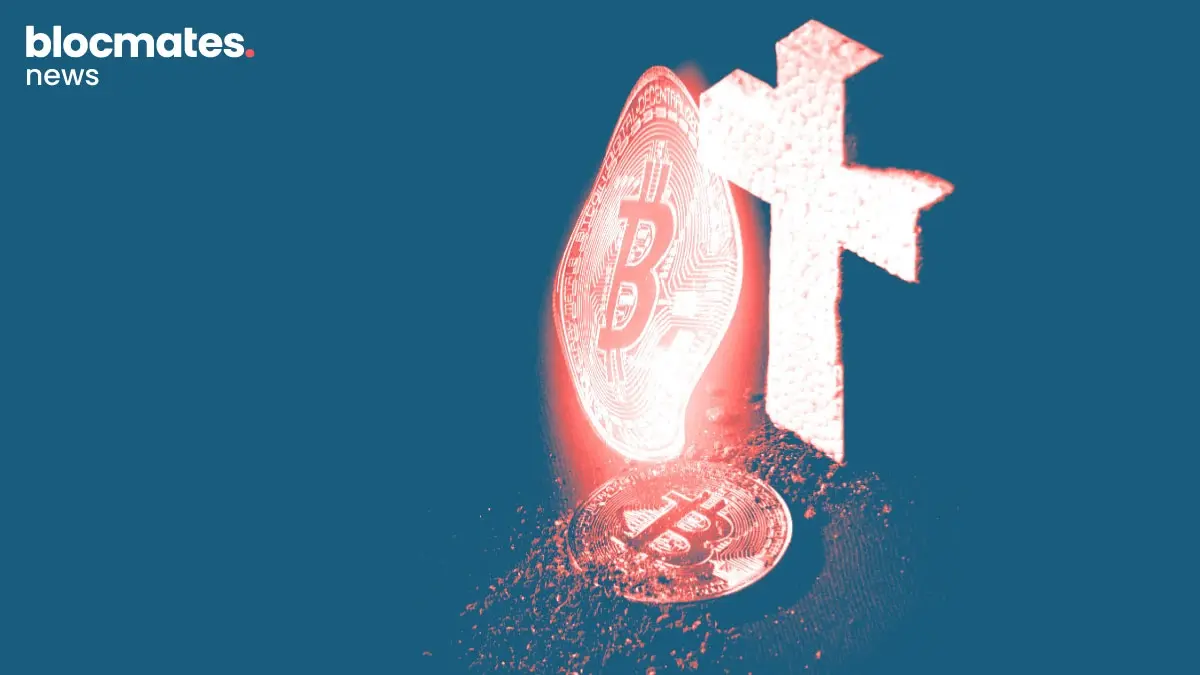

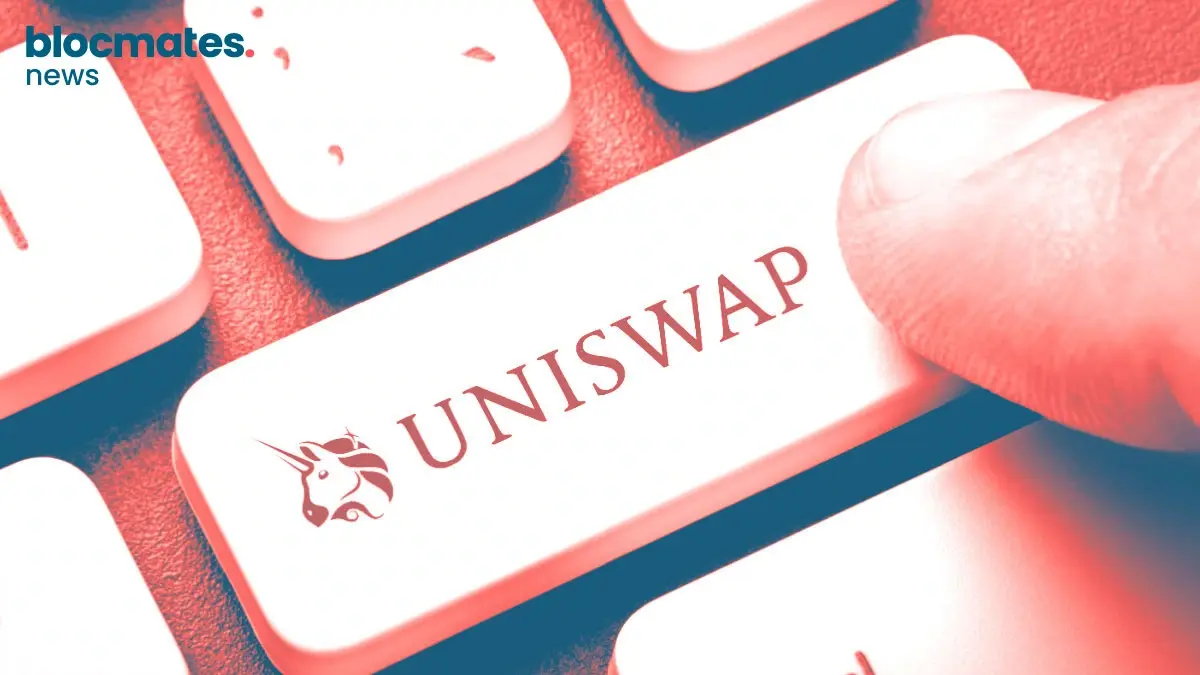


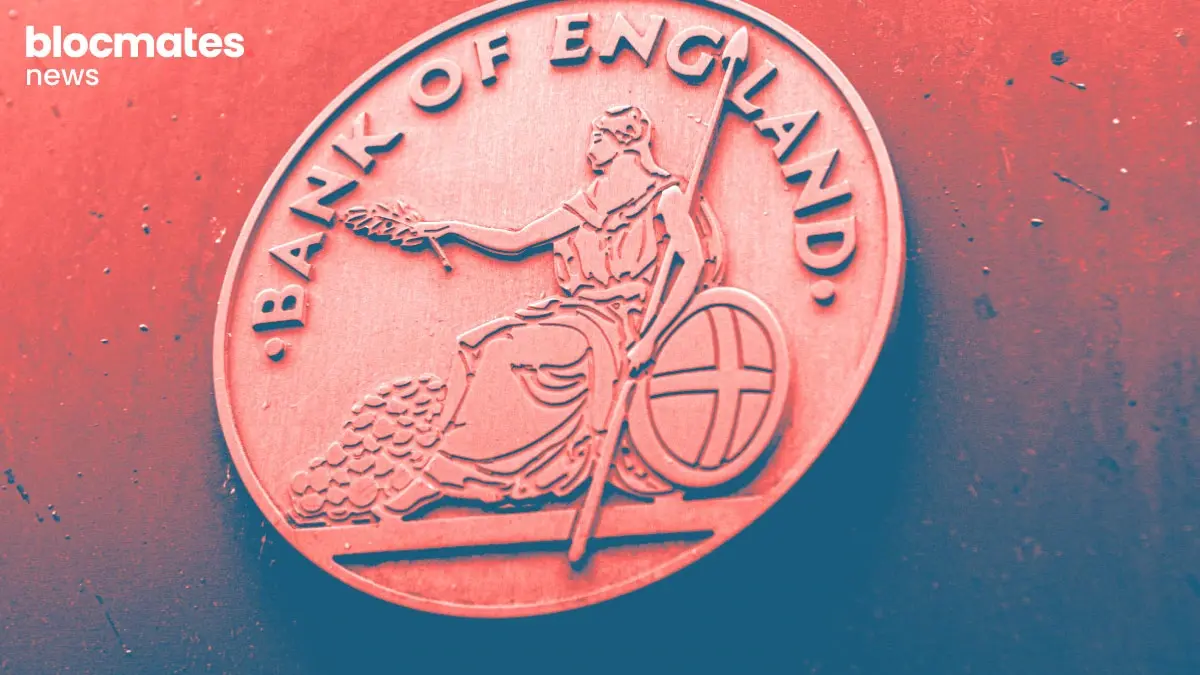


.webp)
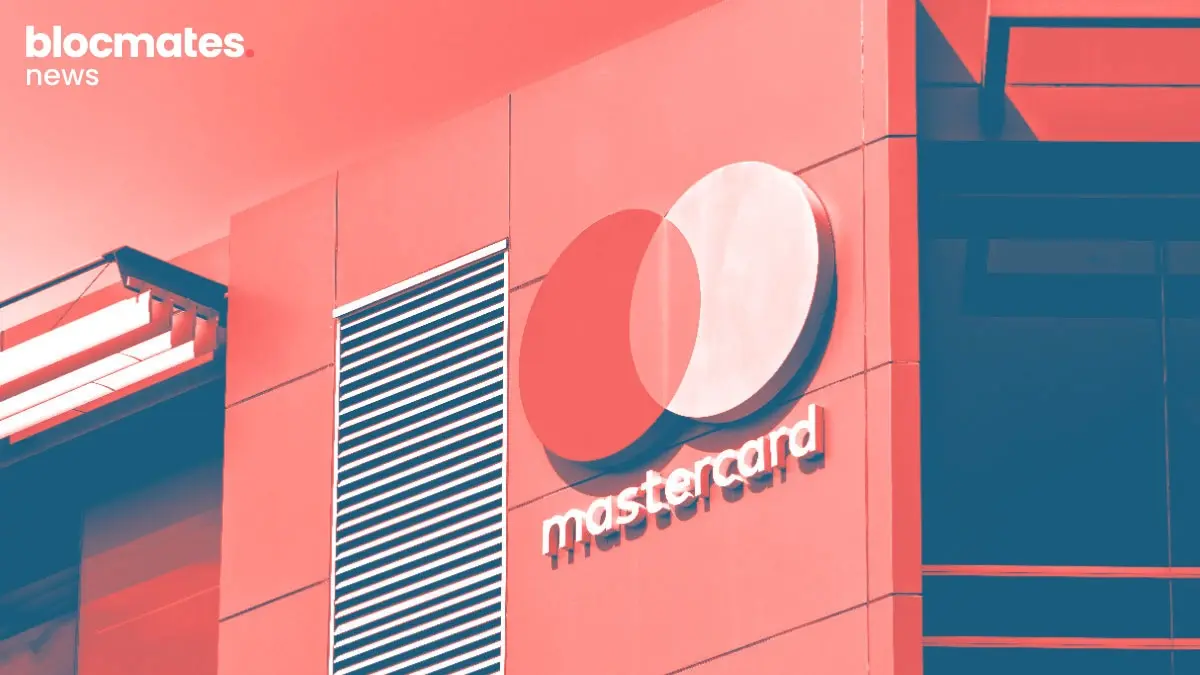


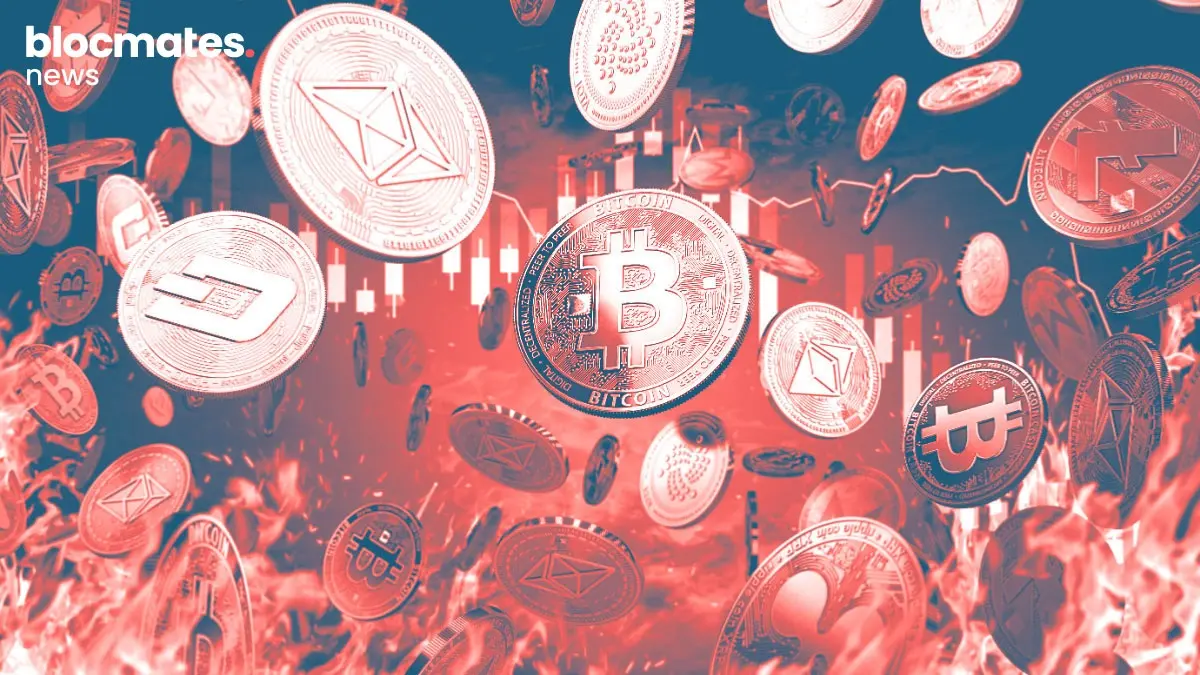



.webp)


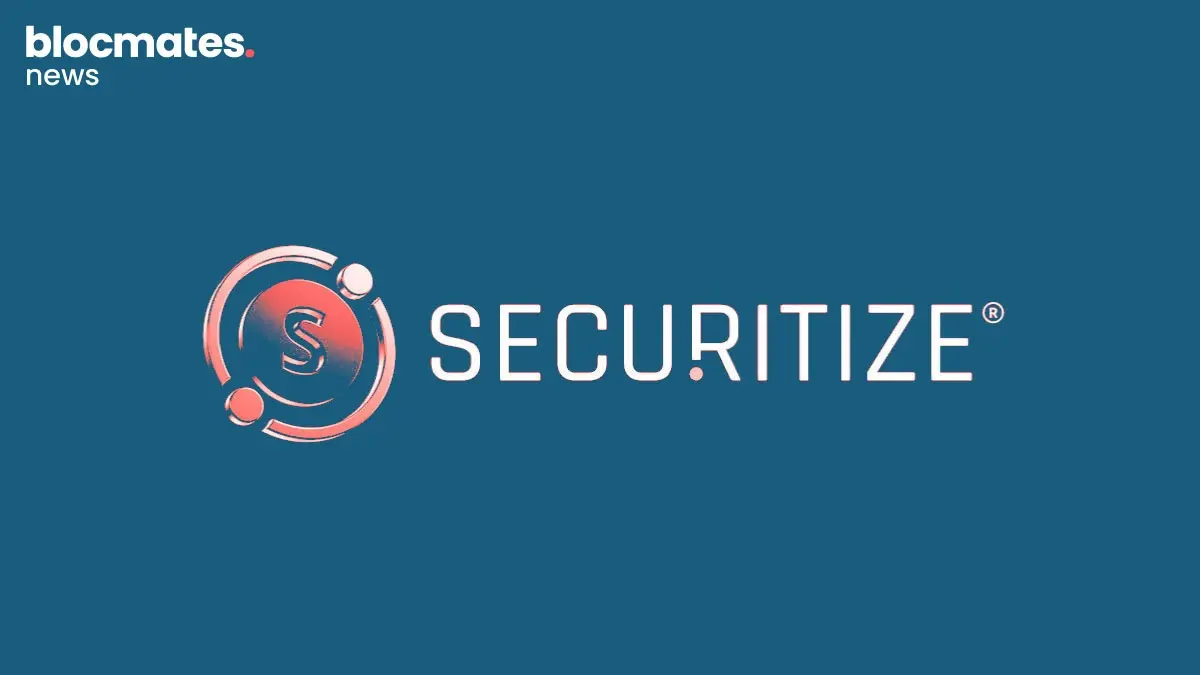

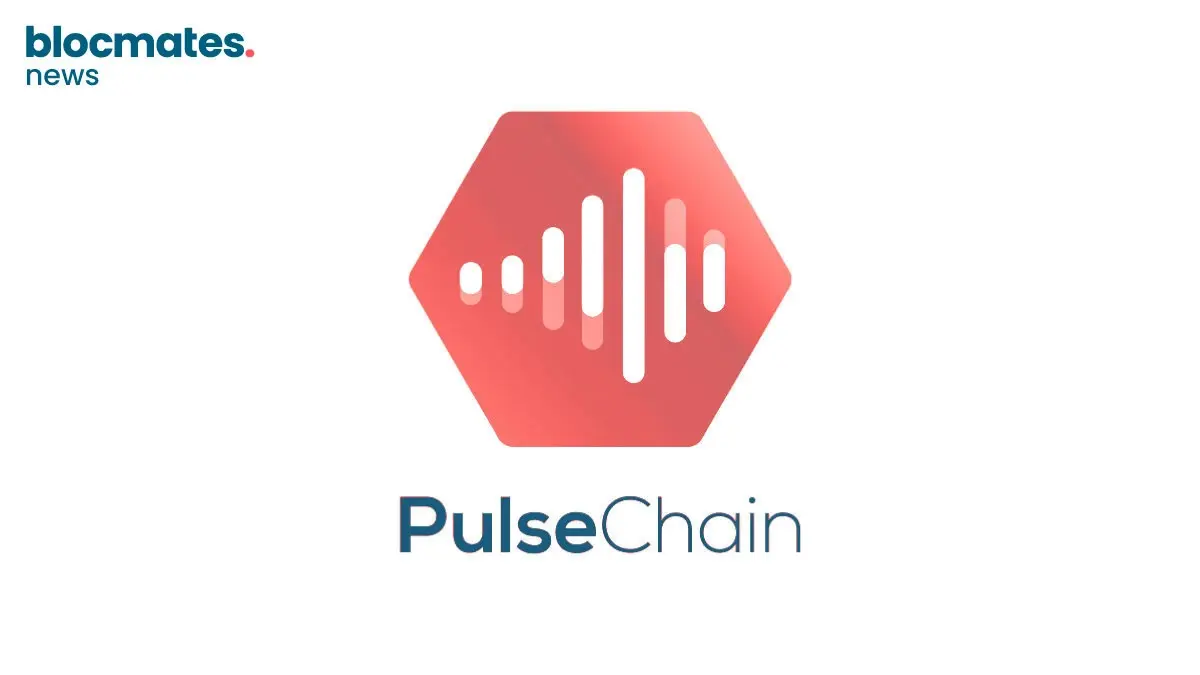
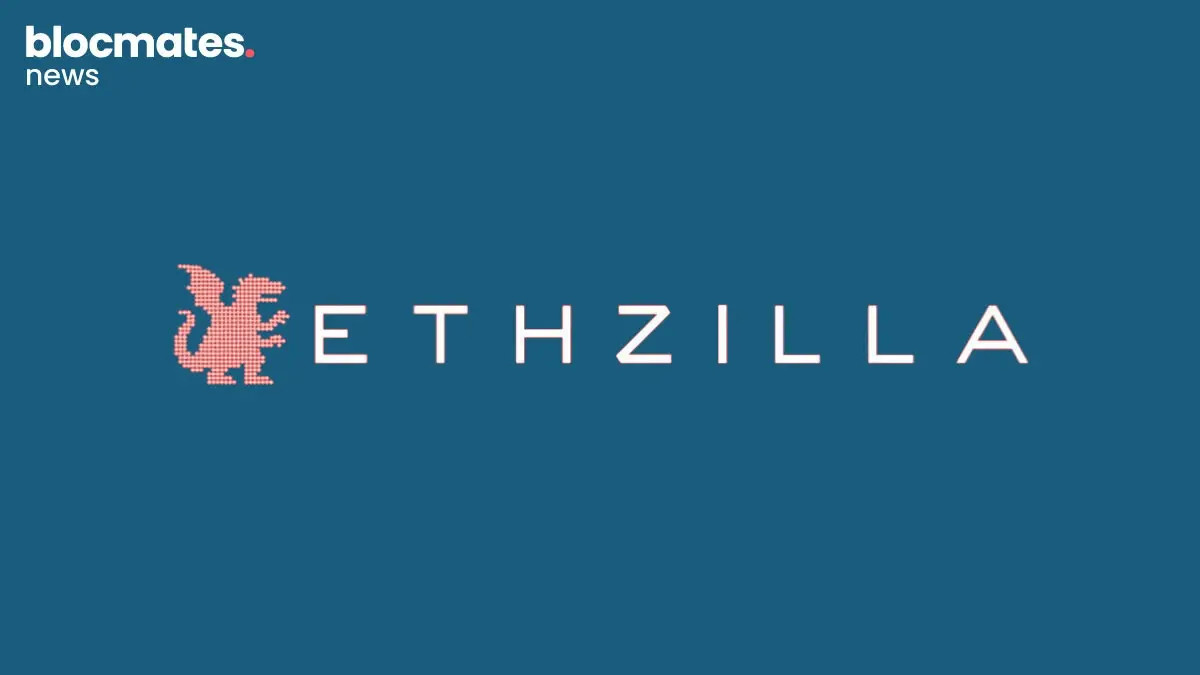
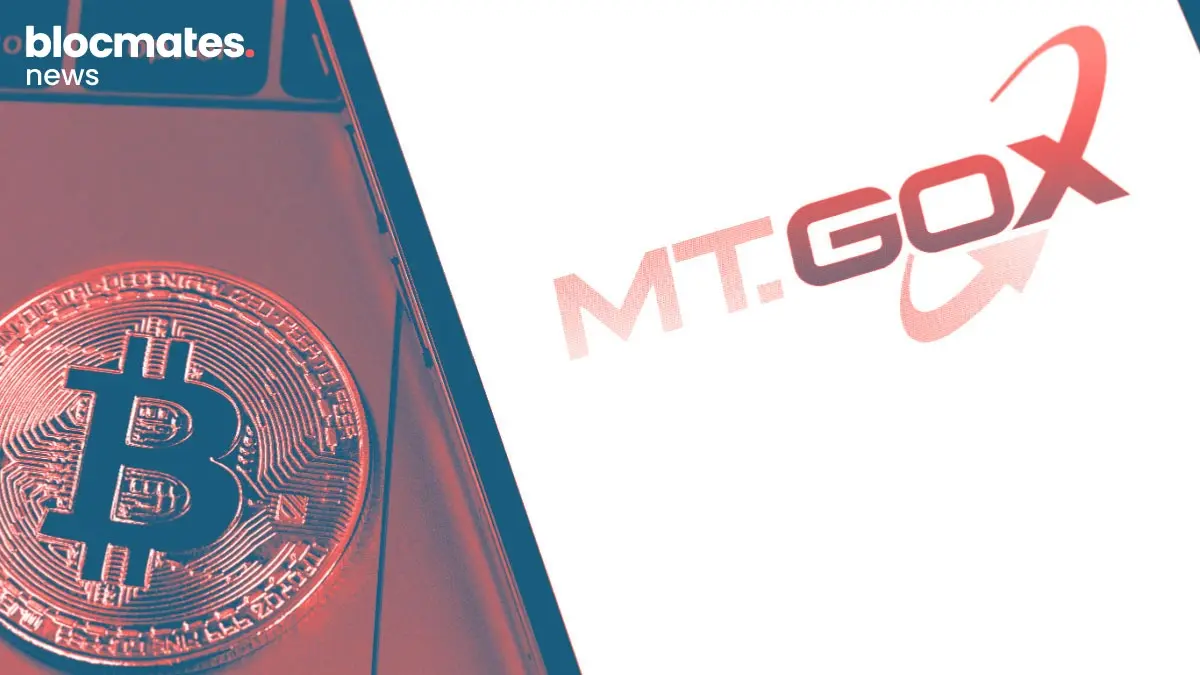
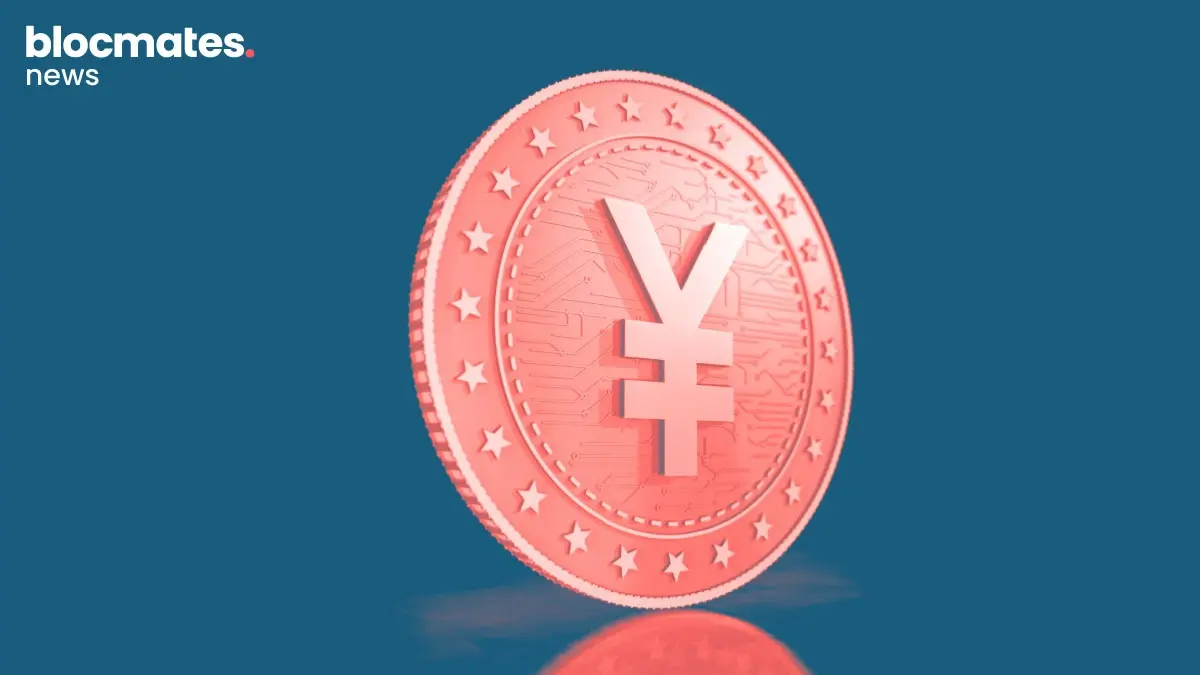
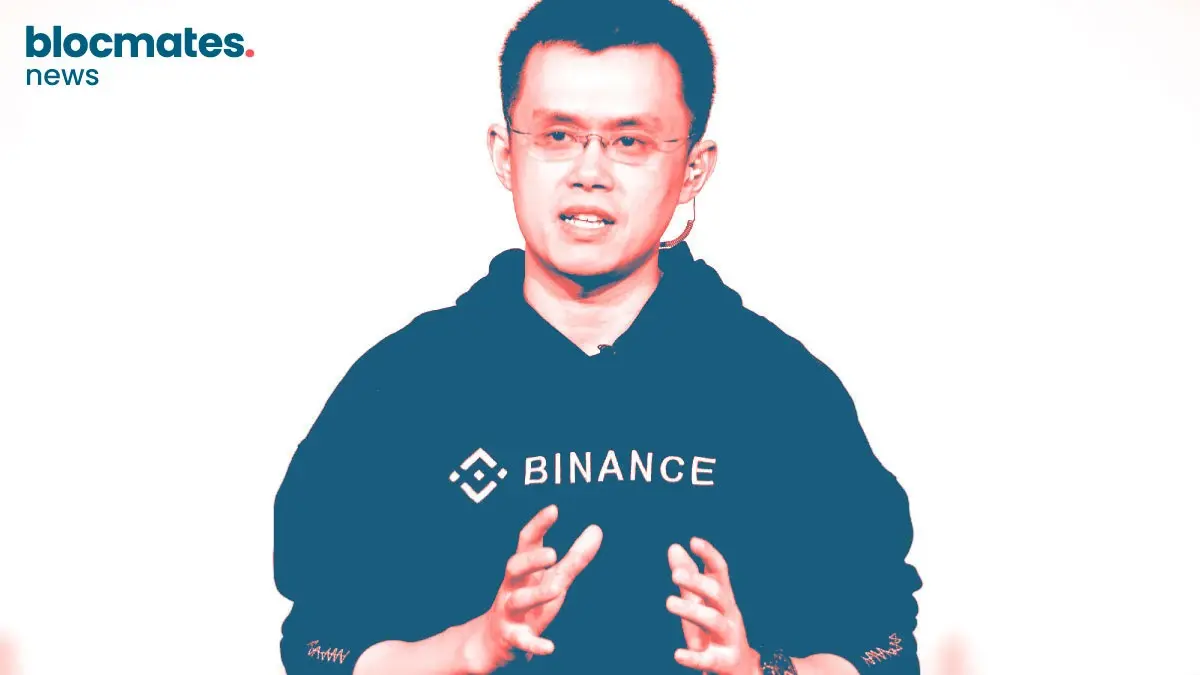


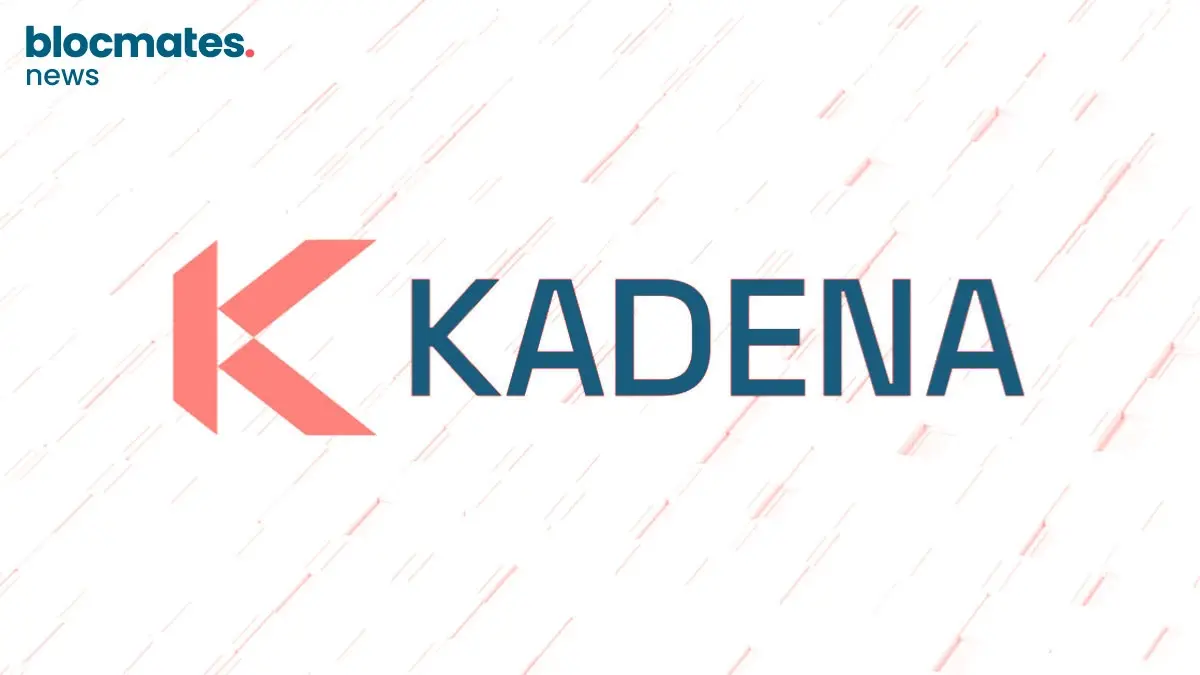

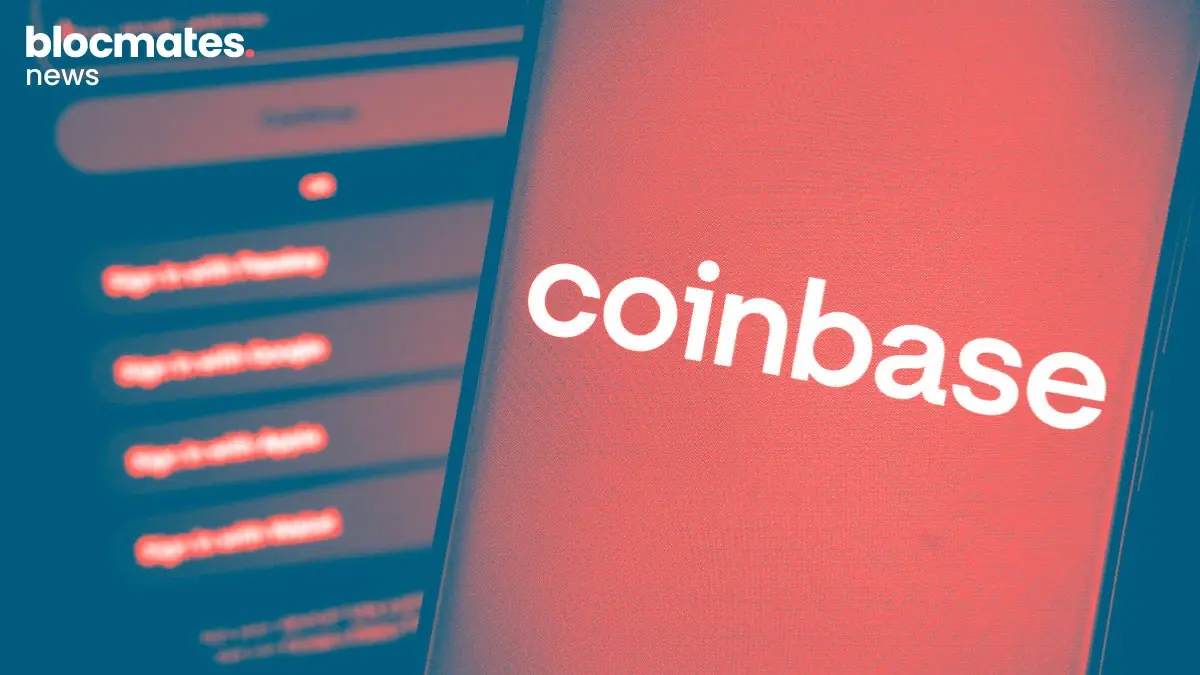
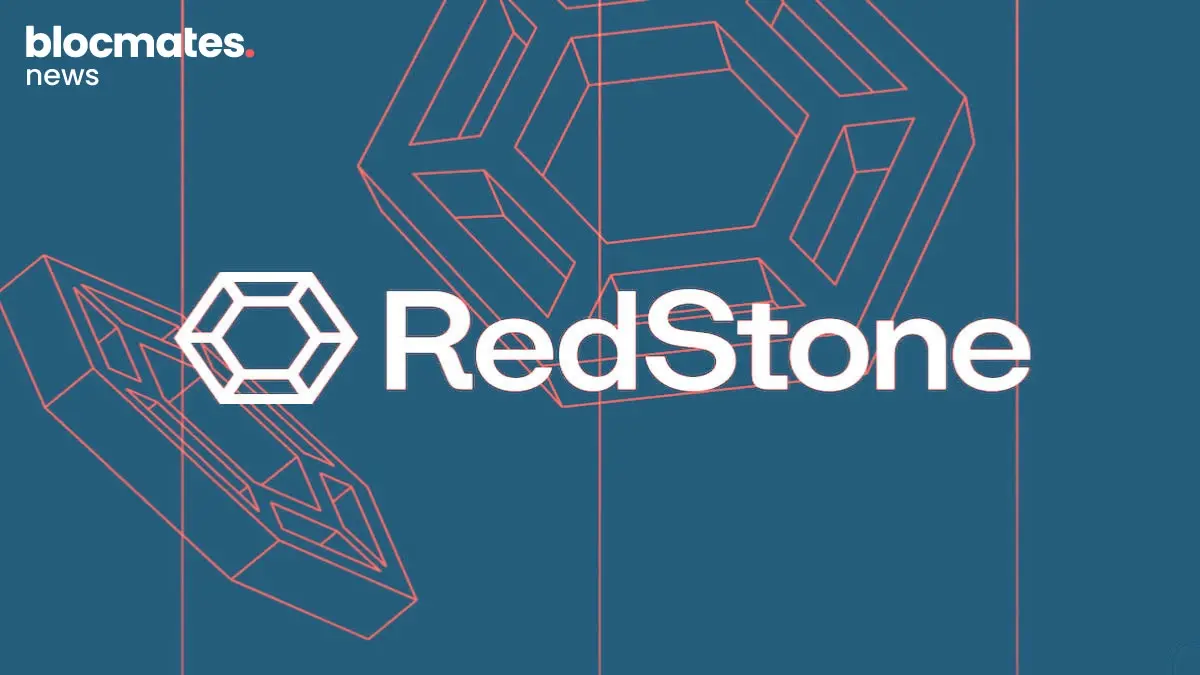
.webp)

.webp)
.webp)

.webp)


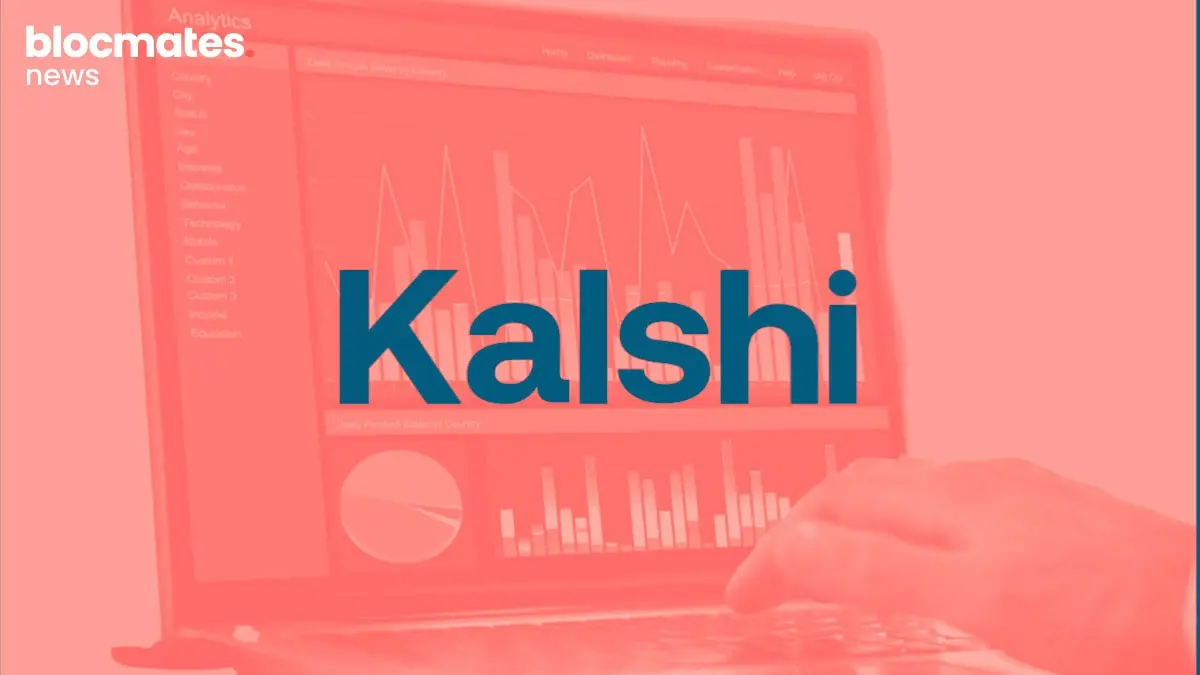
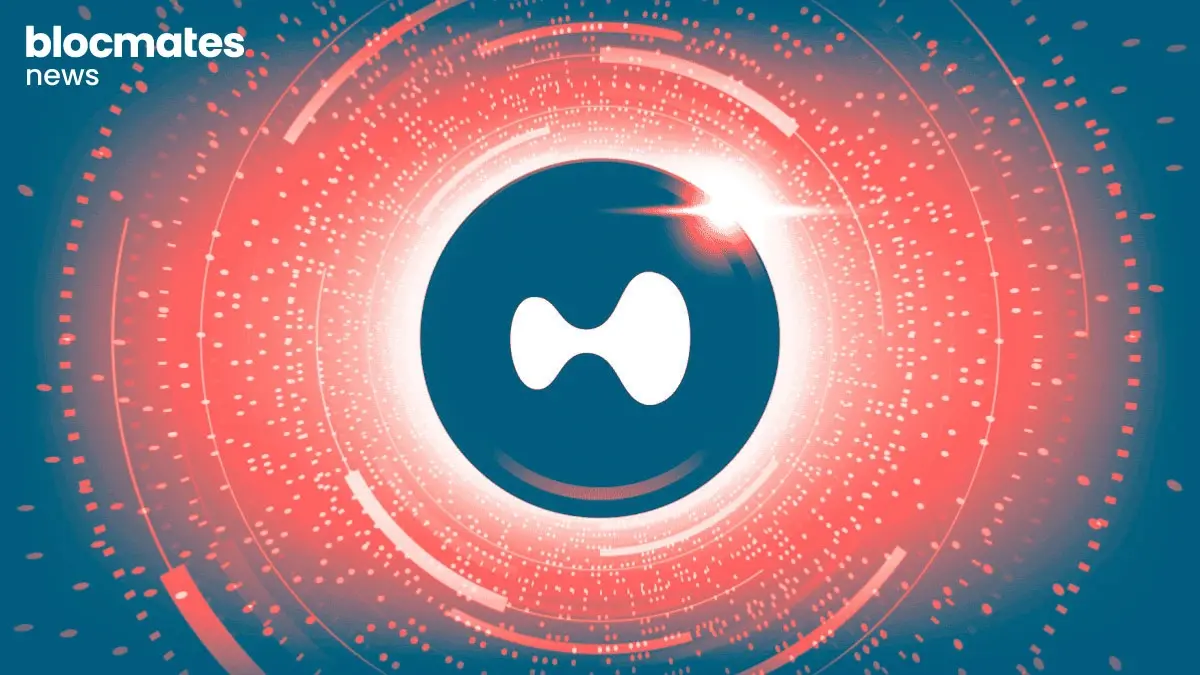




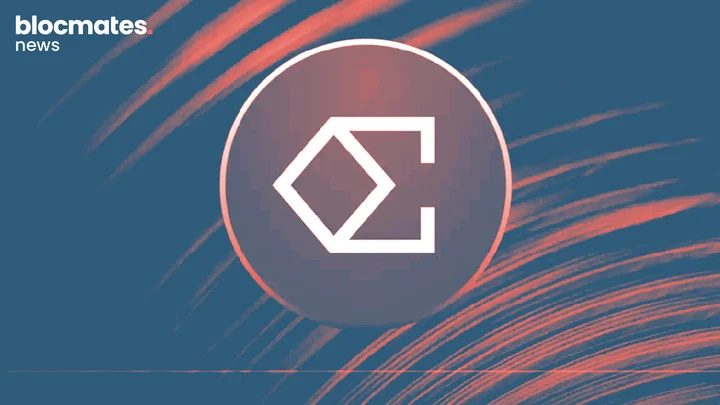


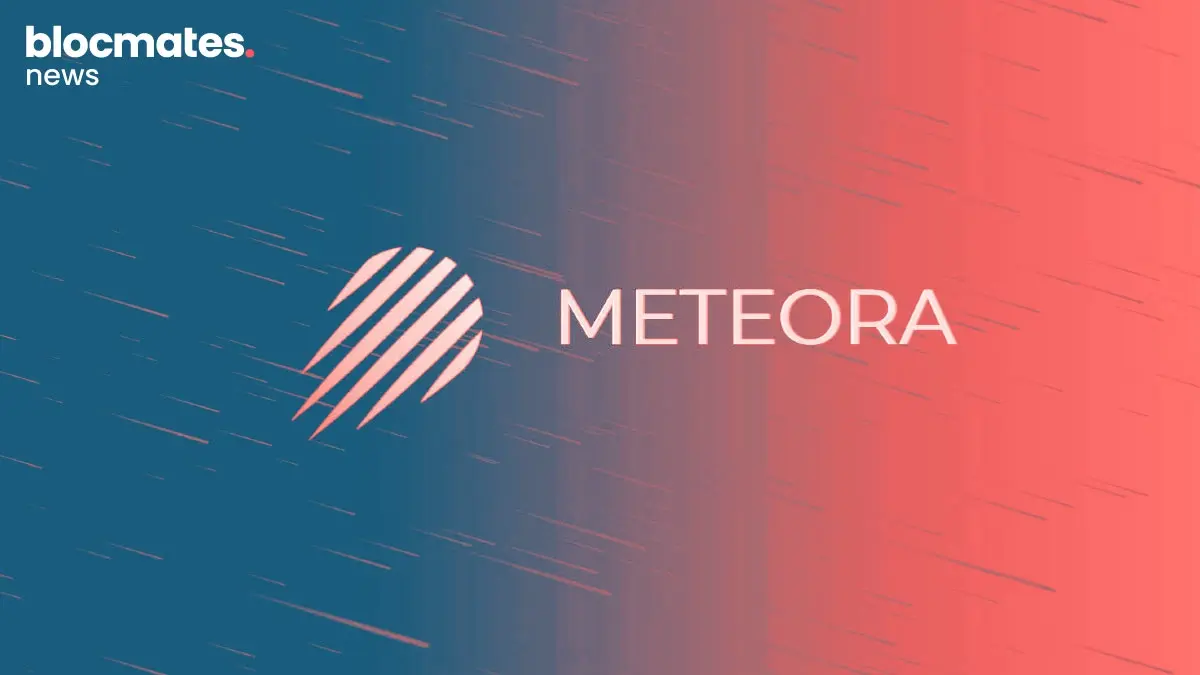


.webp)

.webp)

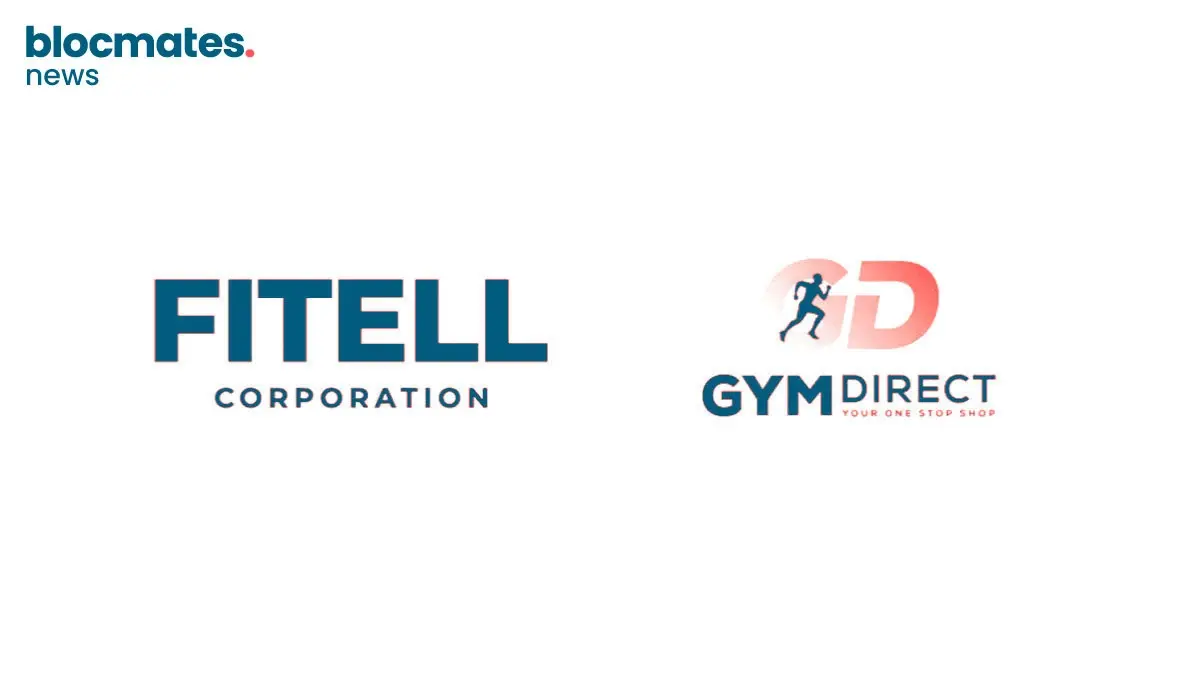
.webp)



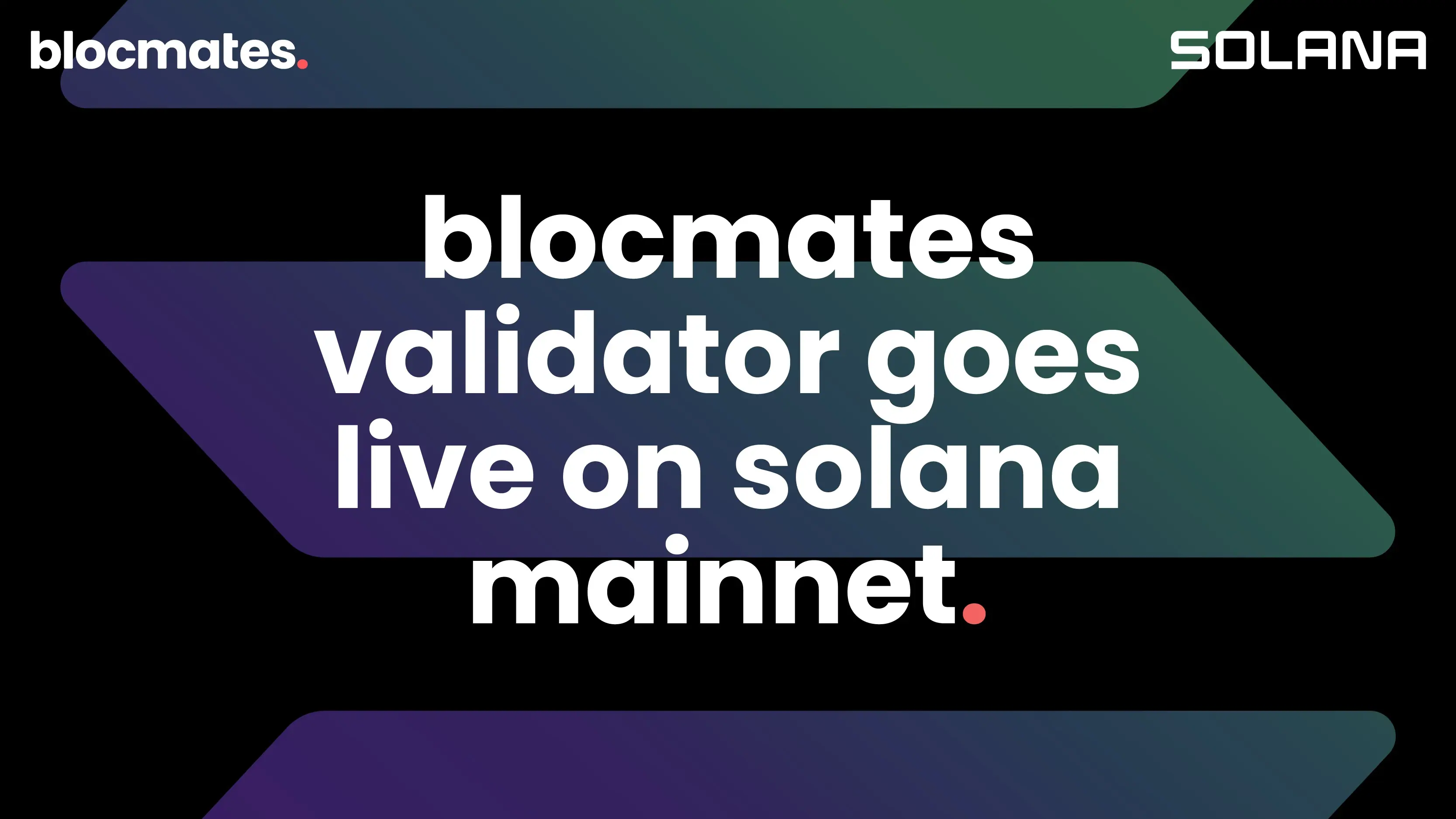
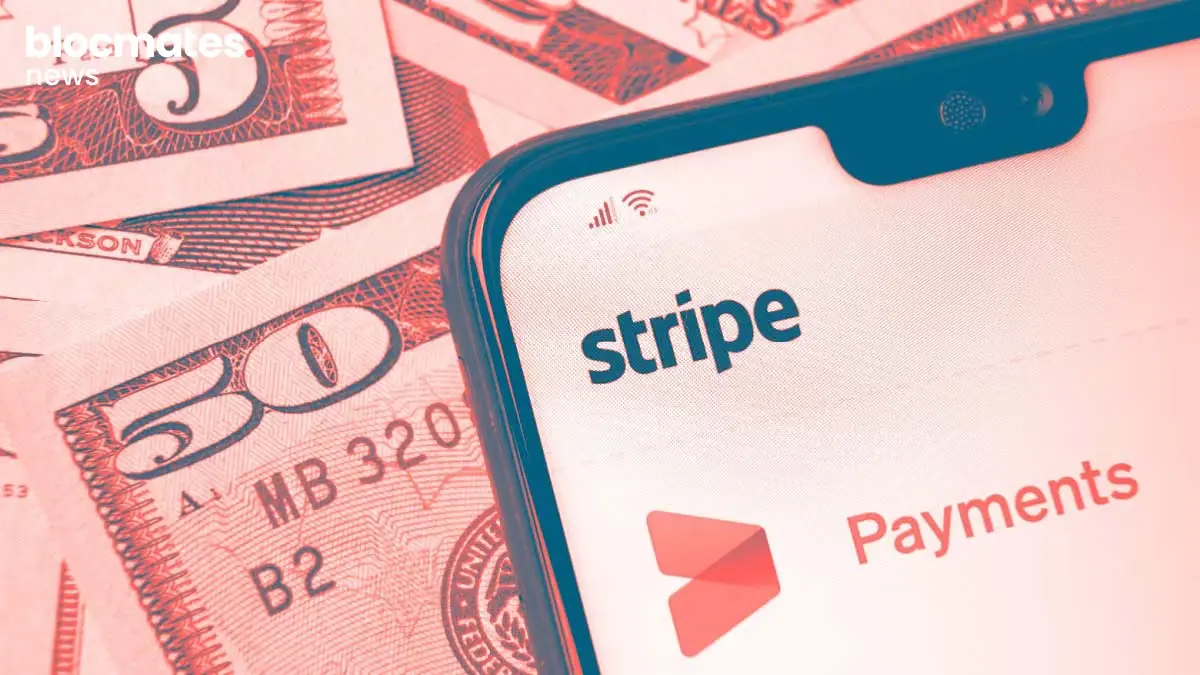



.webp)
